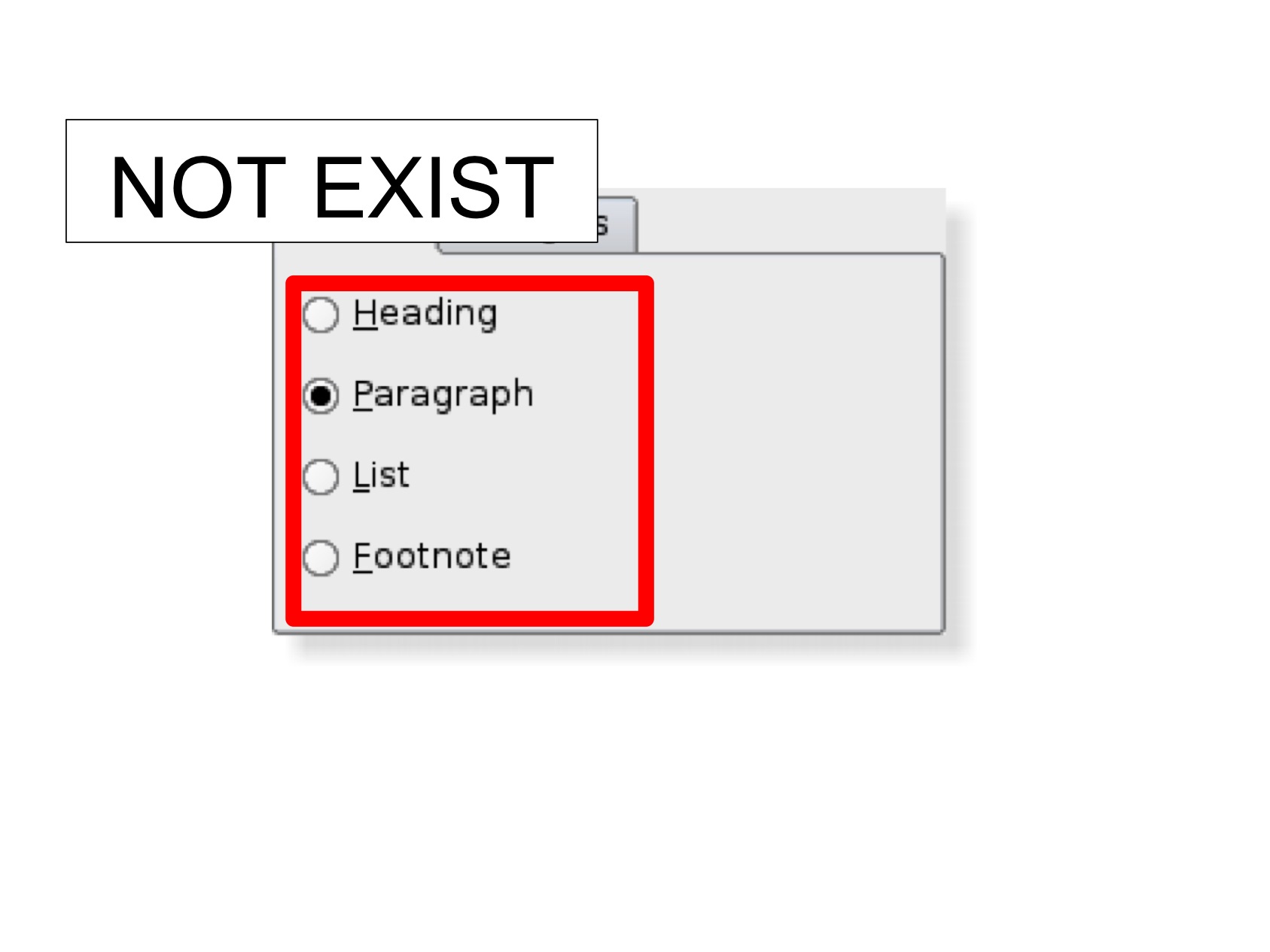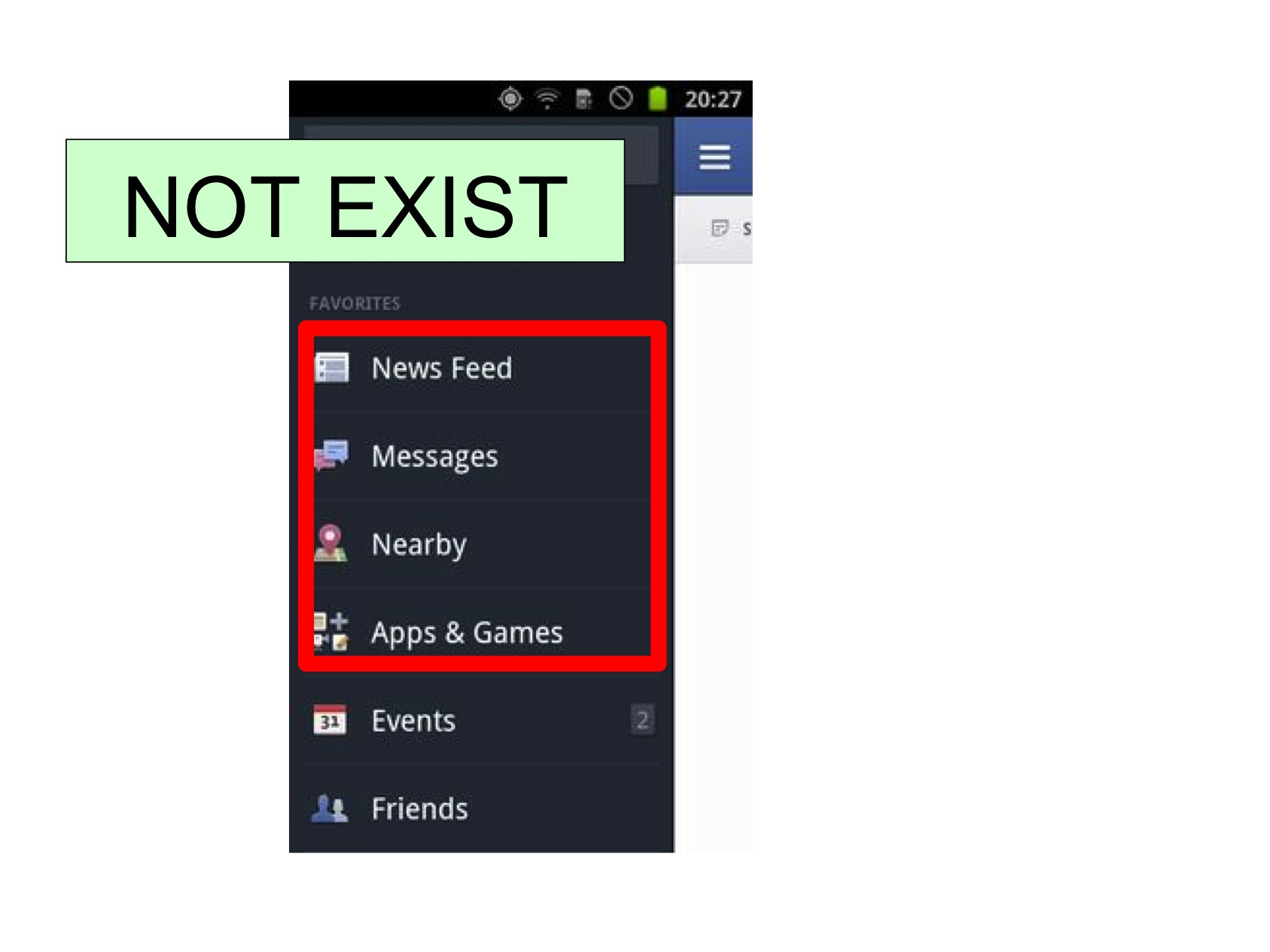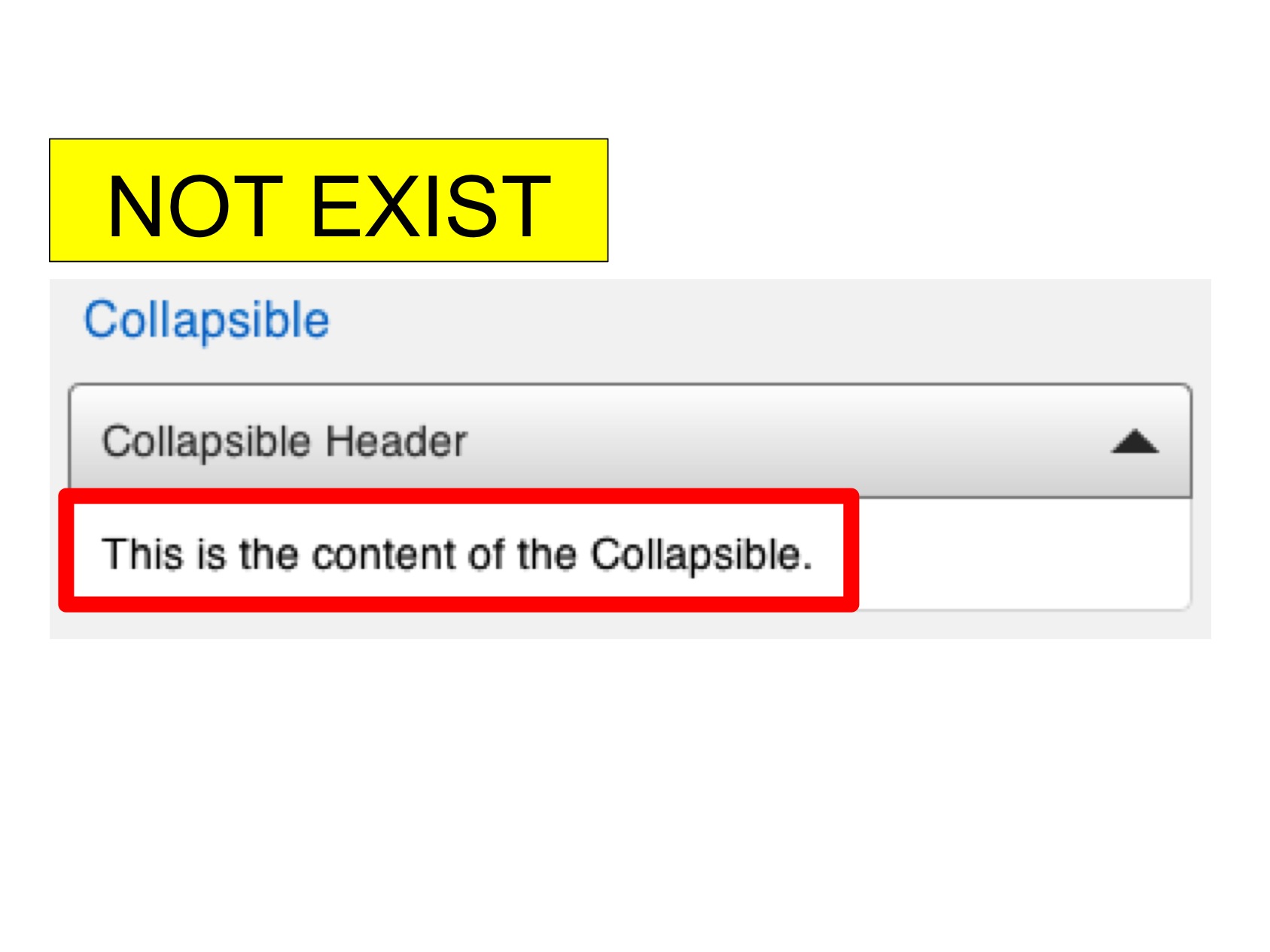This page gives a comprehensive overview of all the actions supported by Sikuli Slides.
Click
Execute a mouse left click action on a target. To define a click action, write the word click in a text box and draw a rectangle around the target. The word is not case sensitive. You can style the text box and the rectangle using any font, color, or line width.
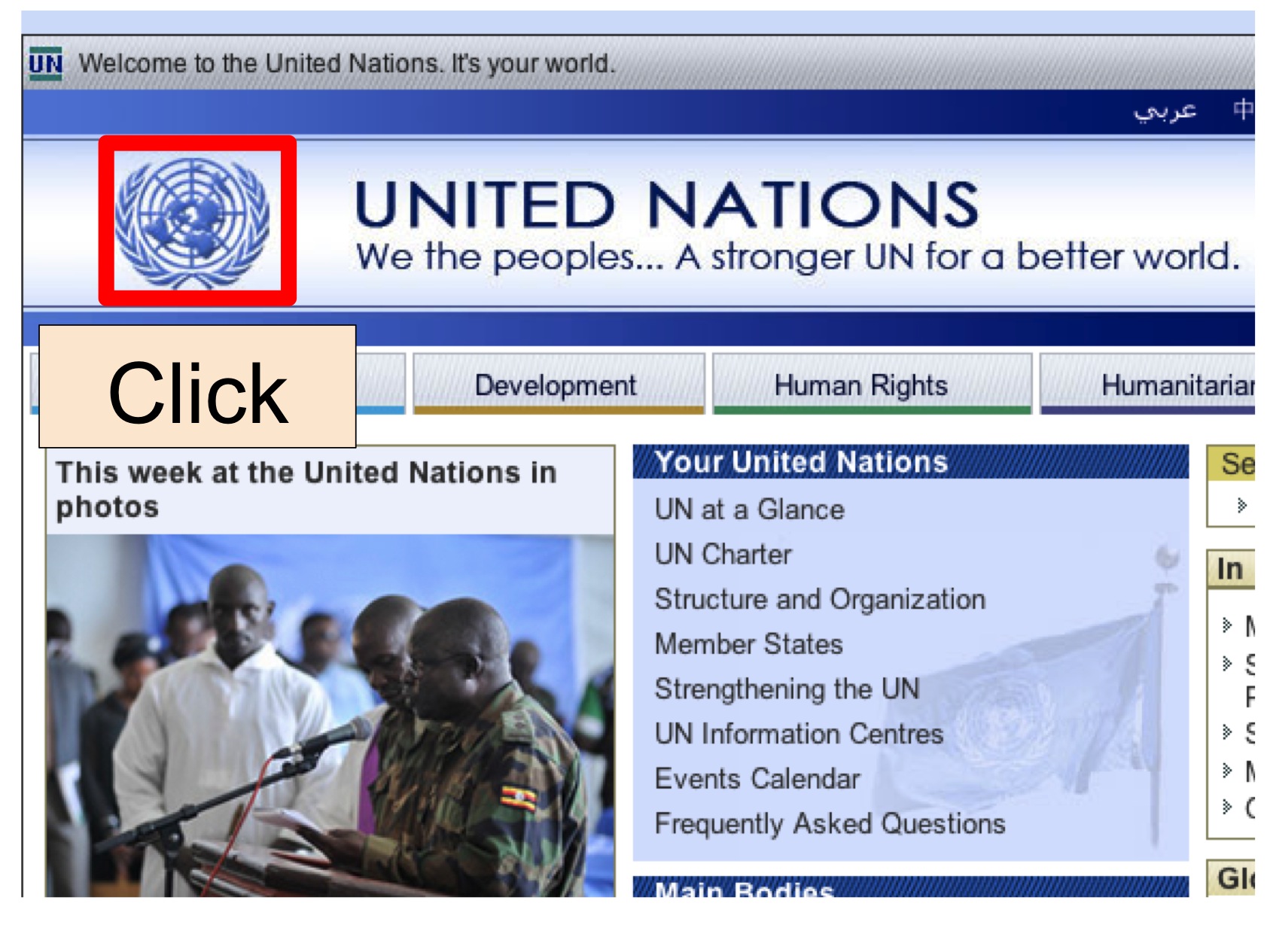
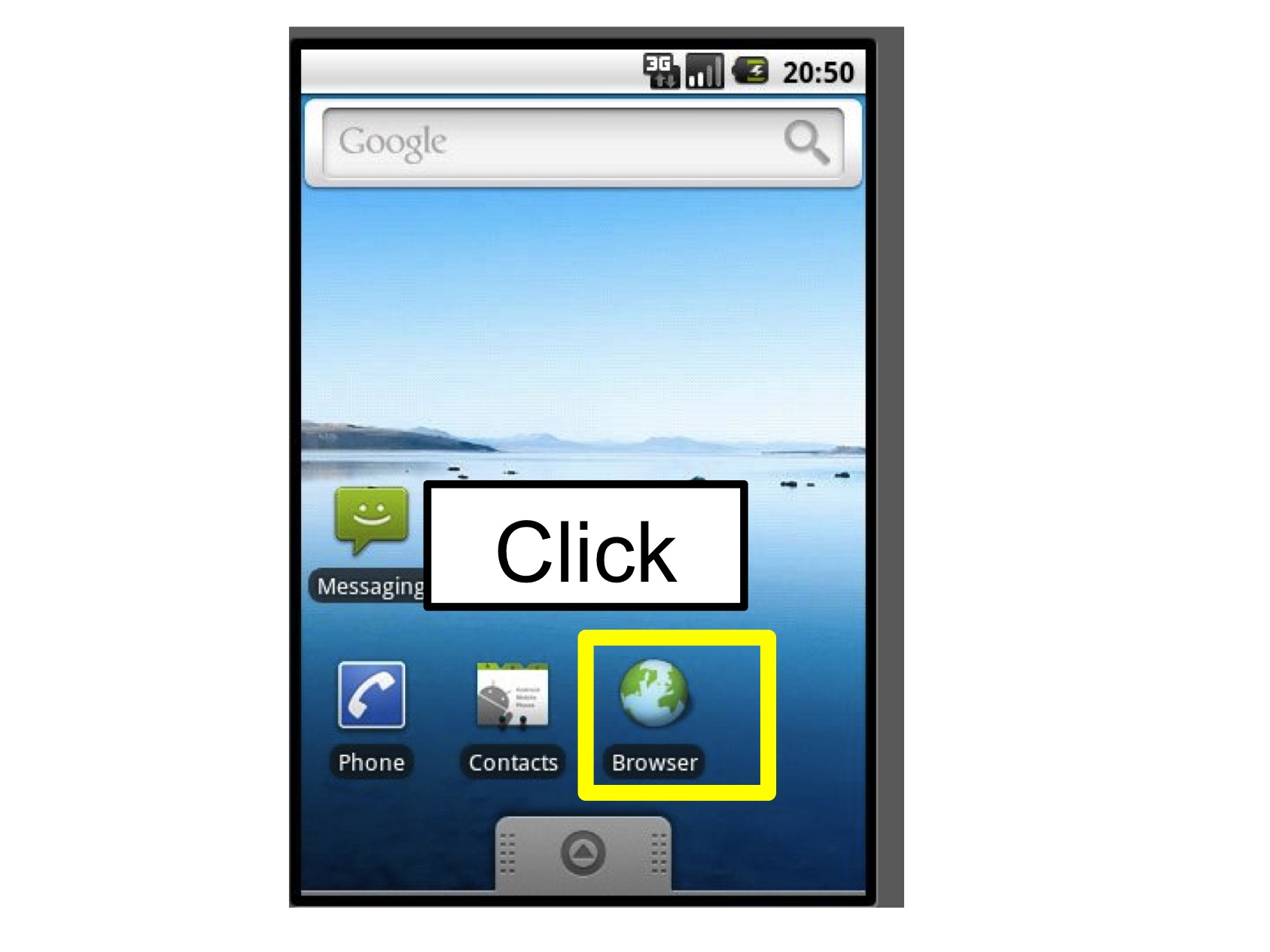
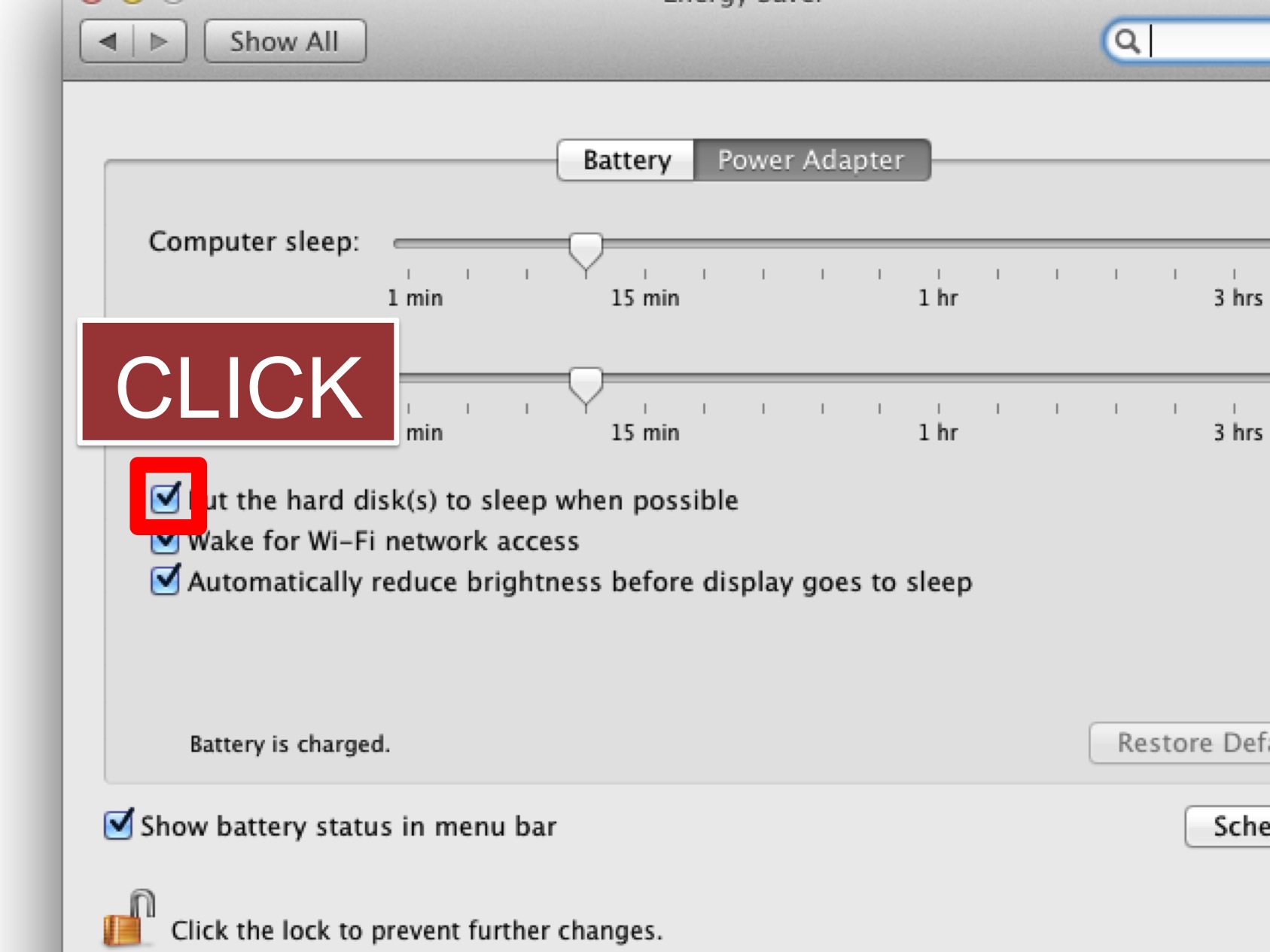
Right Click
Execute a mouse right click action on a target. To define a right-click action, write the word right click in a text box. You can also write aliases such as right-click or rightclick. Then, draw a rectangle around the target.
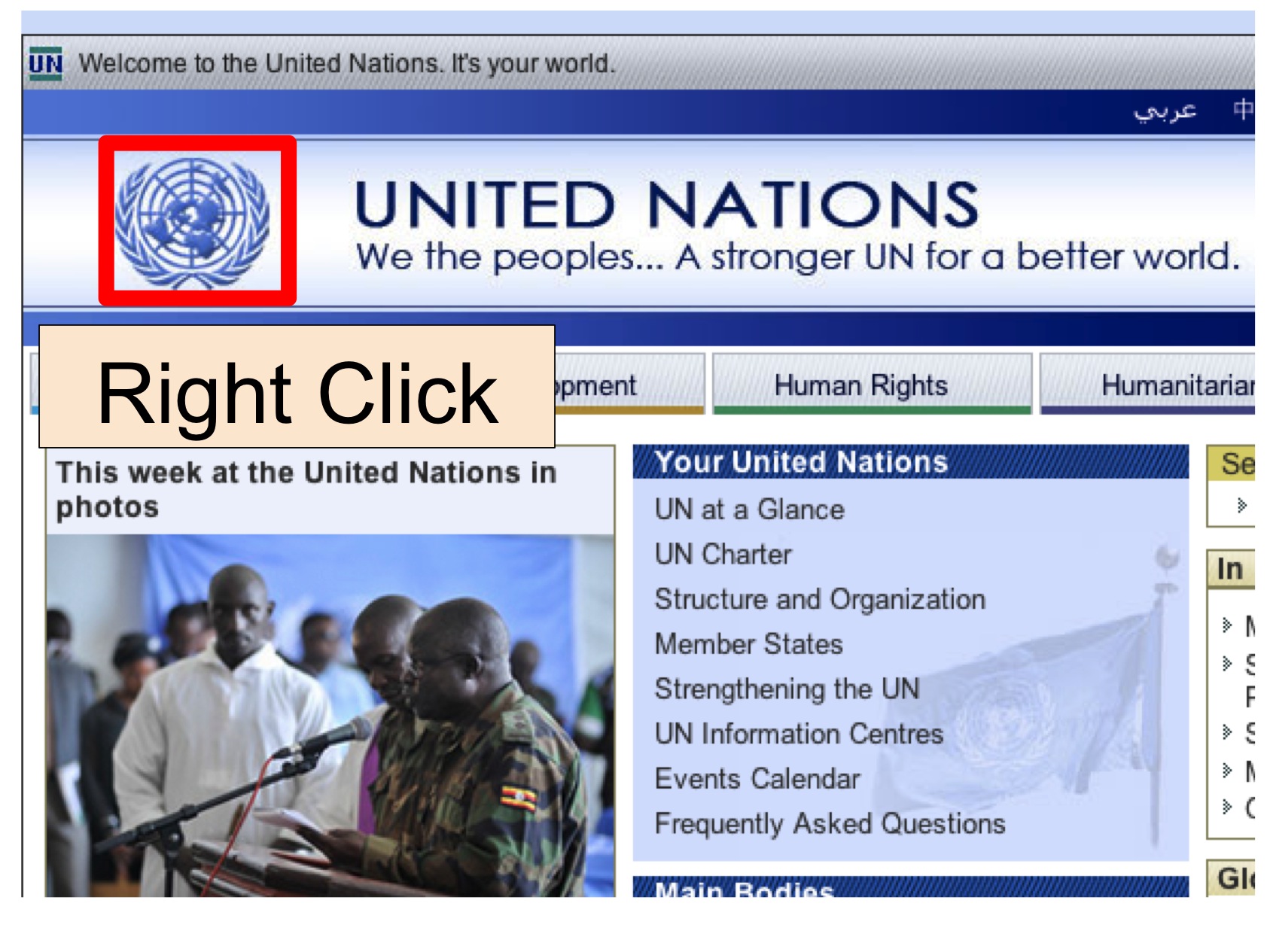

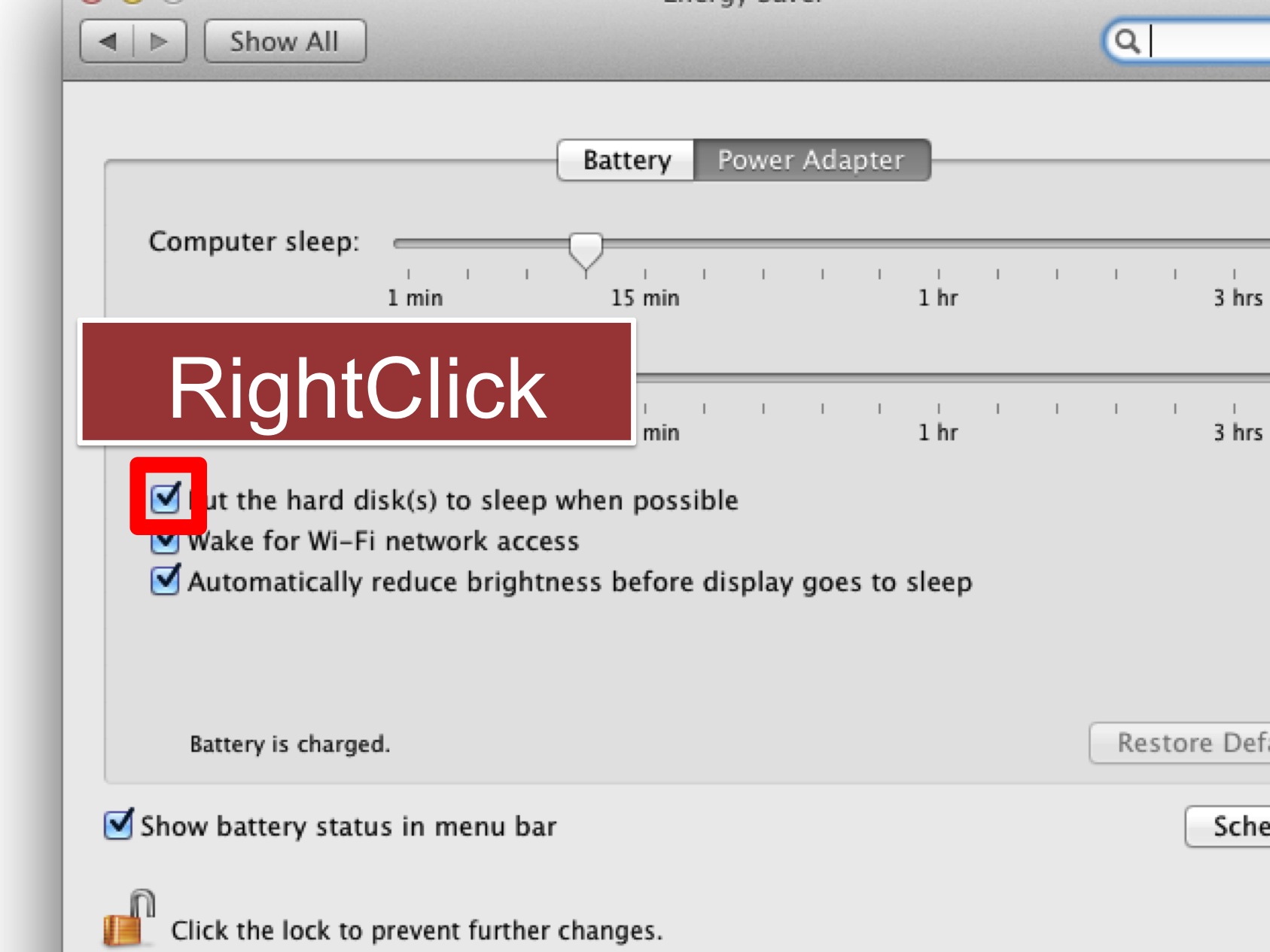
Double Click
Execute a mouse double click action on a target. To define a double-click action, write the word double click in a text box. You can also write aliases including double-click or doubleclick. Then, draw a rectangle around the target.
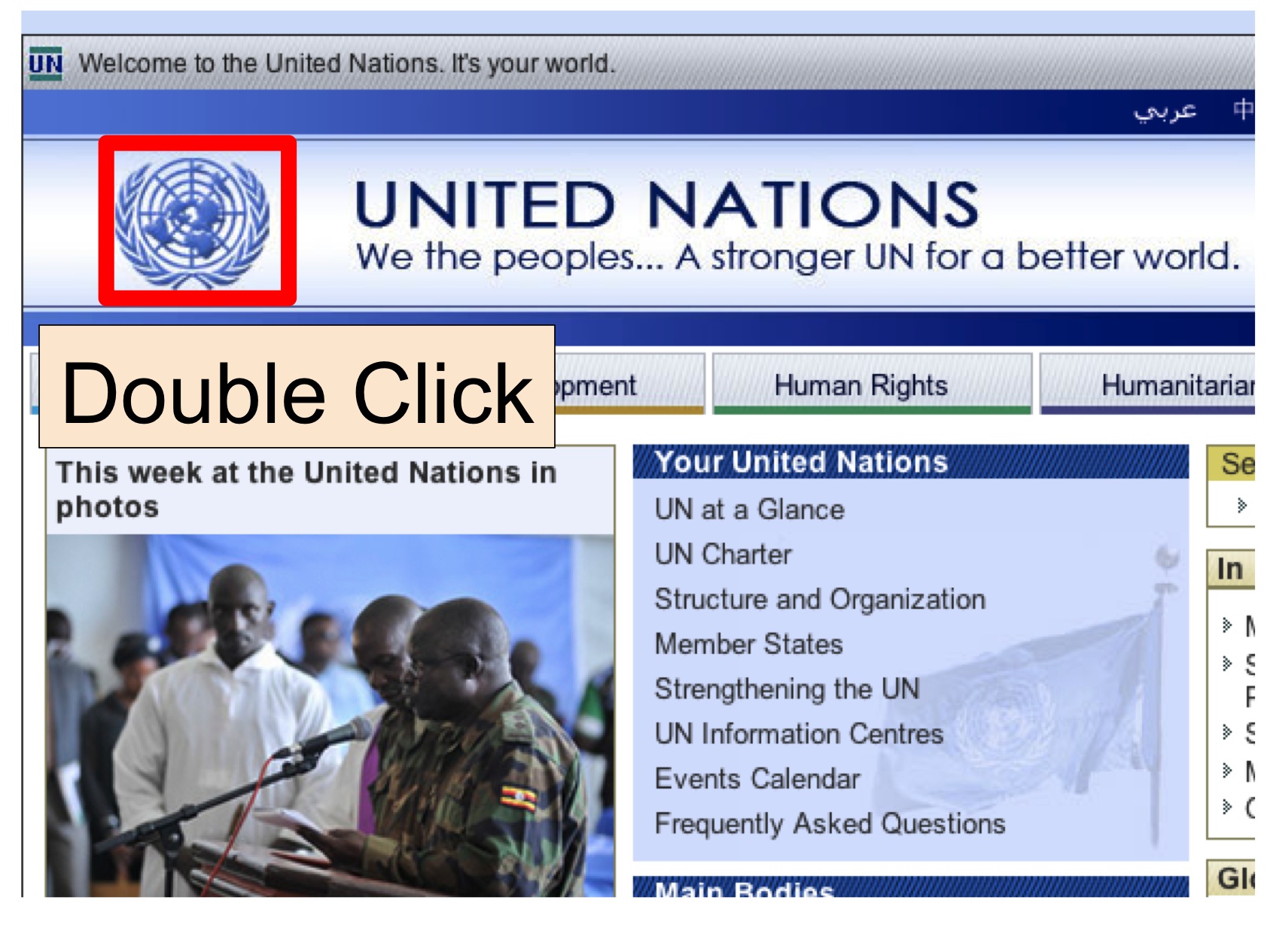
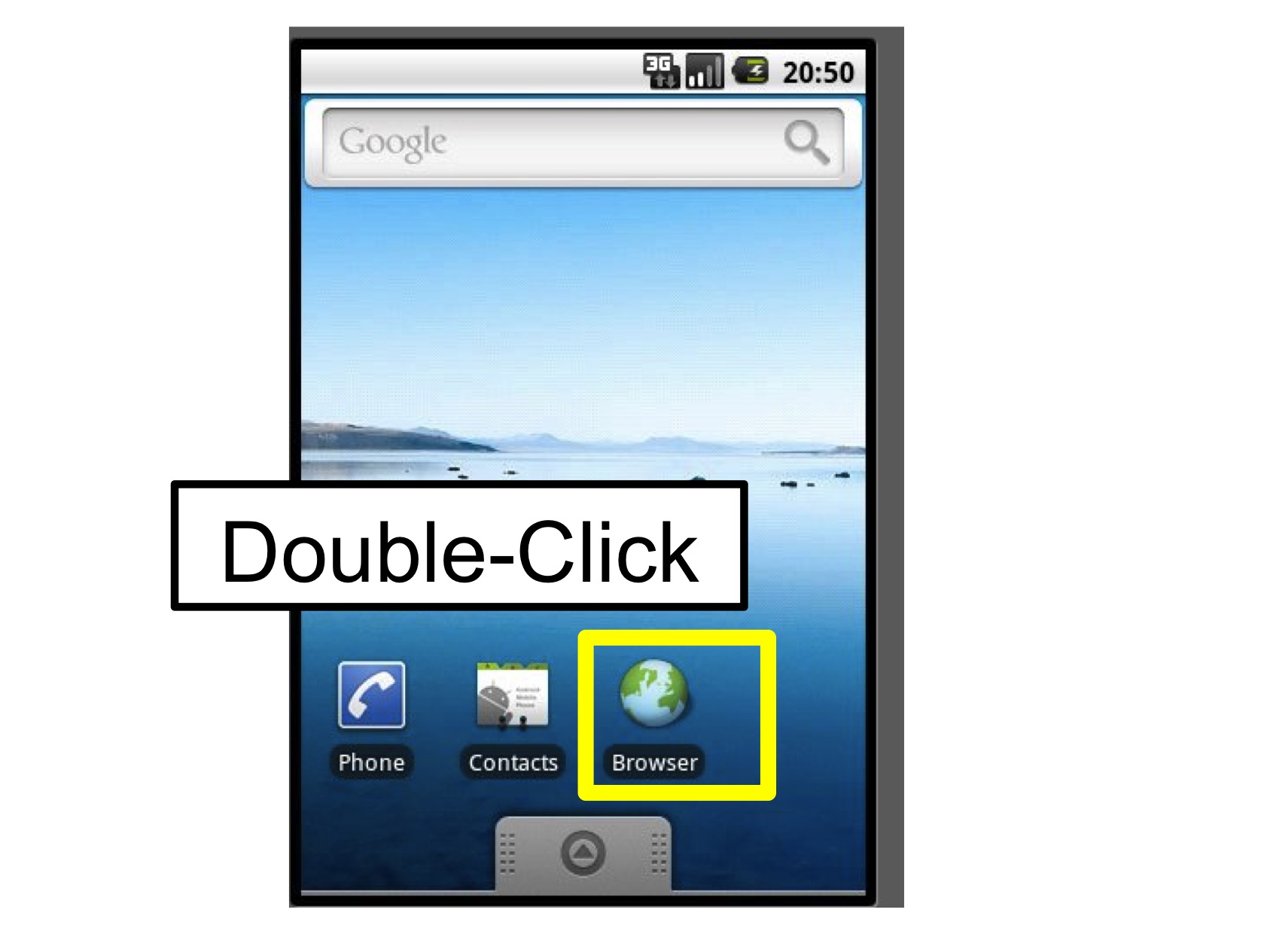
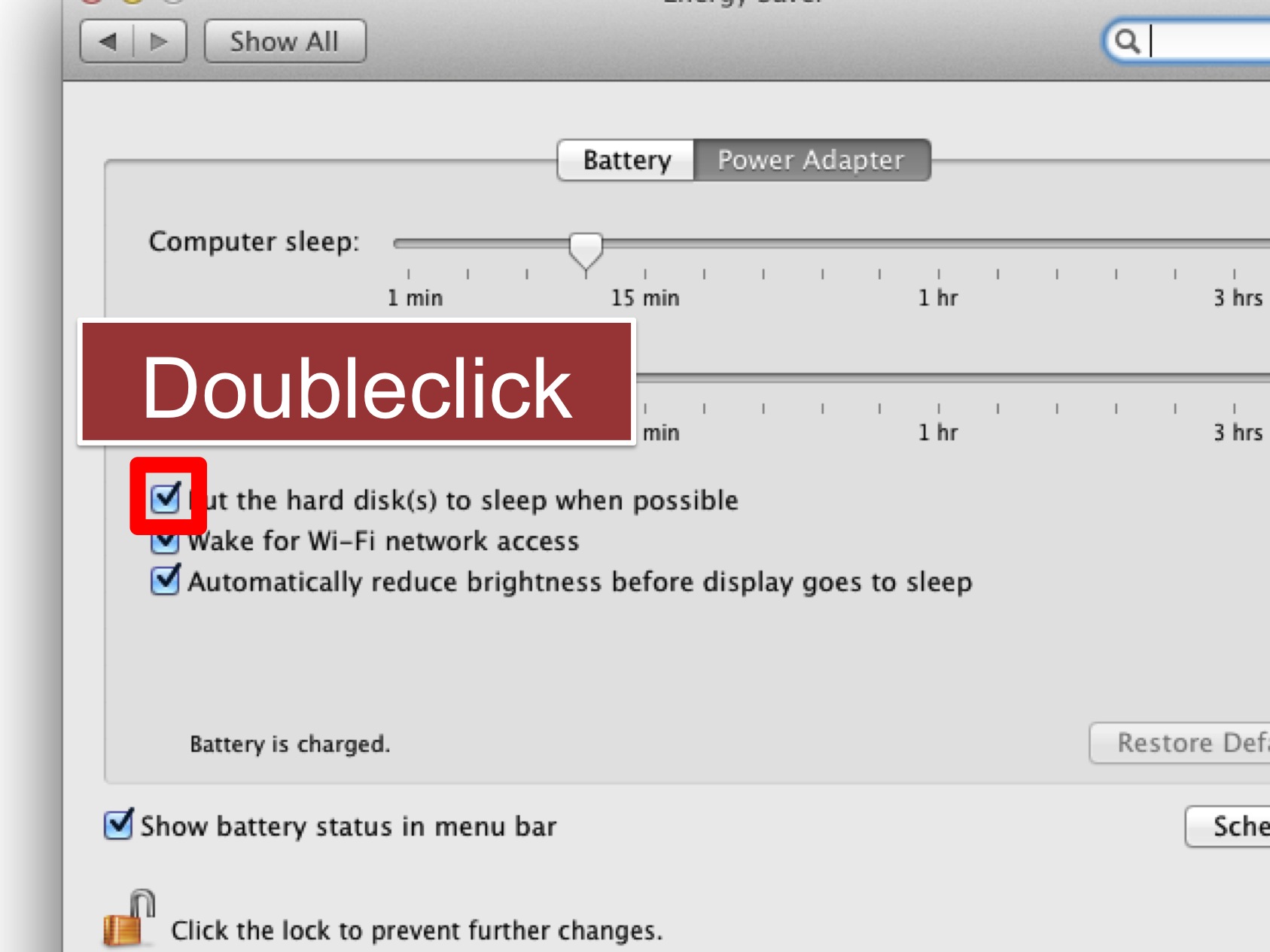
Type
Type a string in a target. To define a type action, write the word type in a text box. In the same text box, write the string that should be typed after the word type. Then, draw a rectangle around the input target.



Drag and Drop
Drag a target and drop it onto another destination target. To define a drag and drop action, create two slides. On the first slide, write the word drag in a text box, insert a screenshot, and draw a rectangle around the target to drag. On the second slide, write the word drop in a text box, insert a screenshot, and draw a rectangle around the destination target.
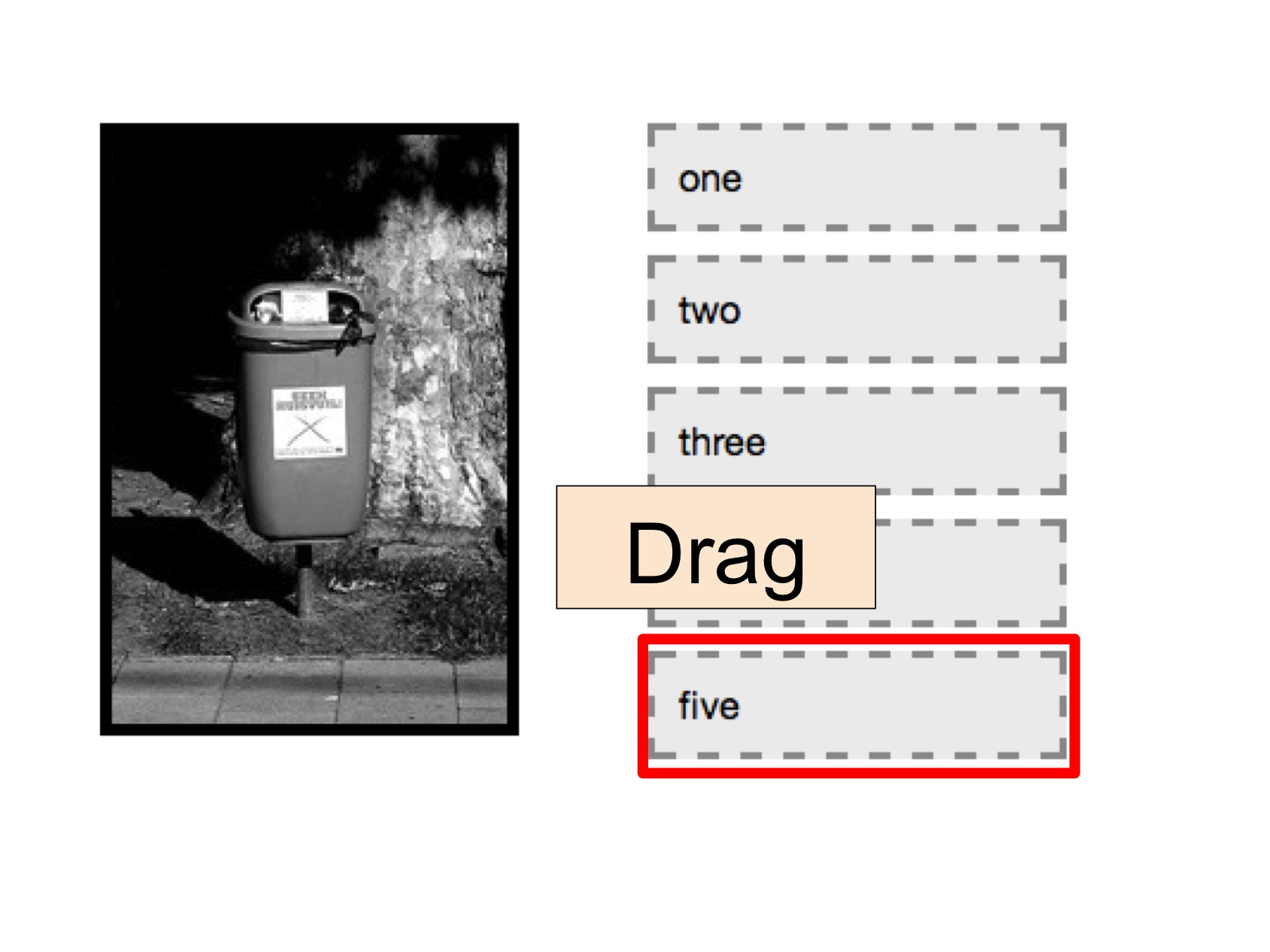
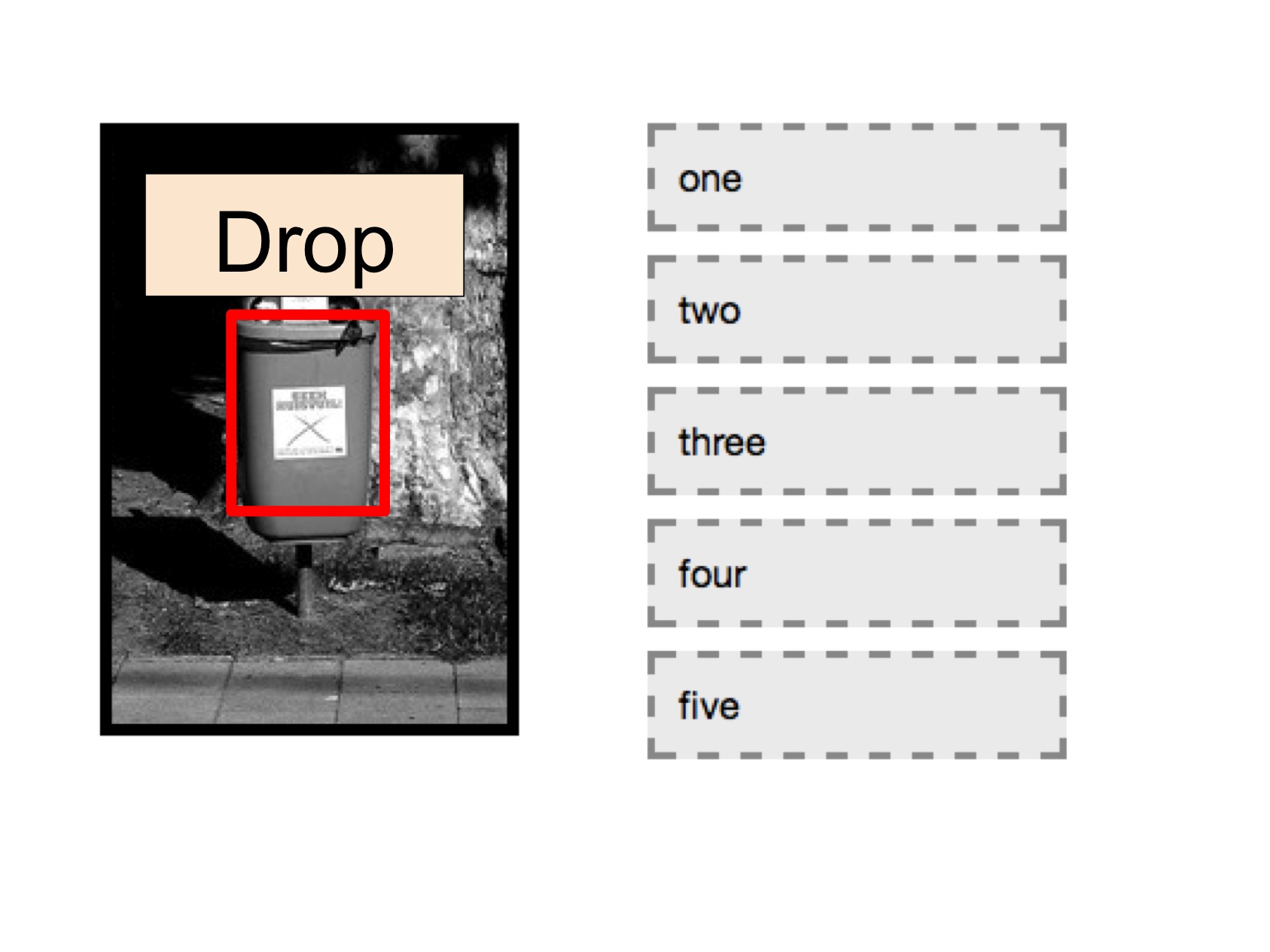
Caption
Display caption text on the screen. To define a caption action, write the caption text in a text box. As long as the text does not start with one of the other action words, it will be interpreted as a caption. You can place multiple captions on the same slide.
Styling
You can specify the style of the text box using any font size, color, and background. Sikuli Slides will try to render the caption following the style you’ve specified as closely as possible.
Relative Positioning
A caption can be positioned based on its relative location within a slide. For instance, if a caption is placed close to the center of a slide, it will be displayed also close to the center of the screen, like the first example below.
Slides:
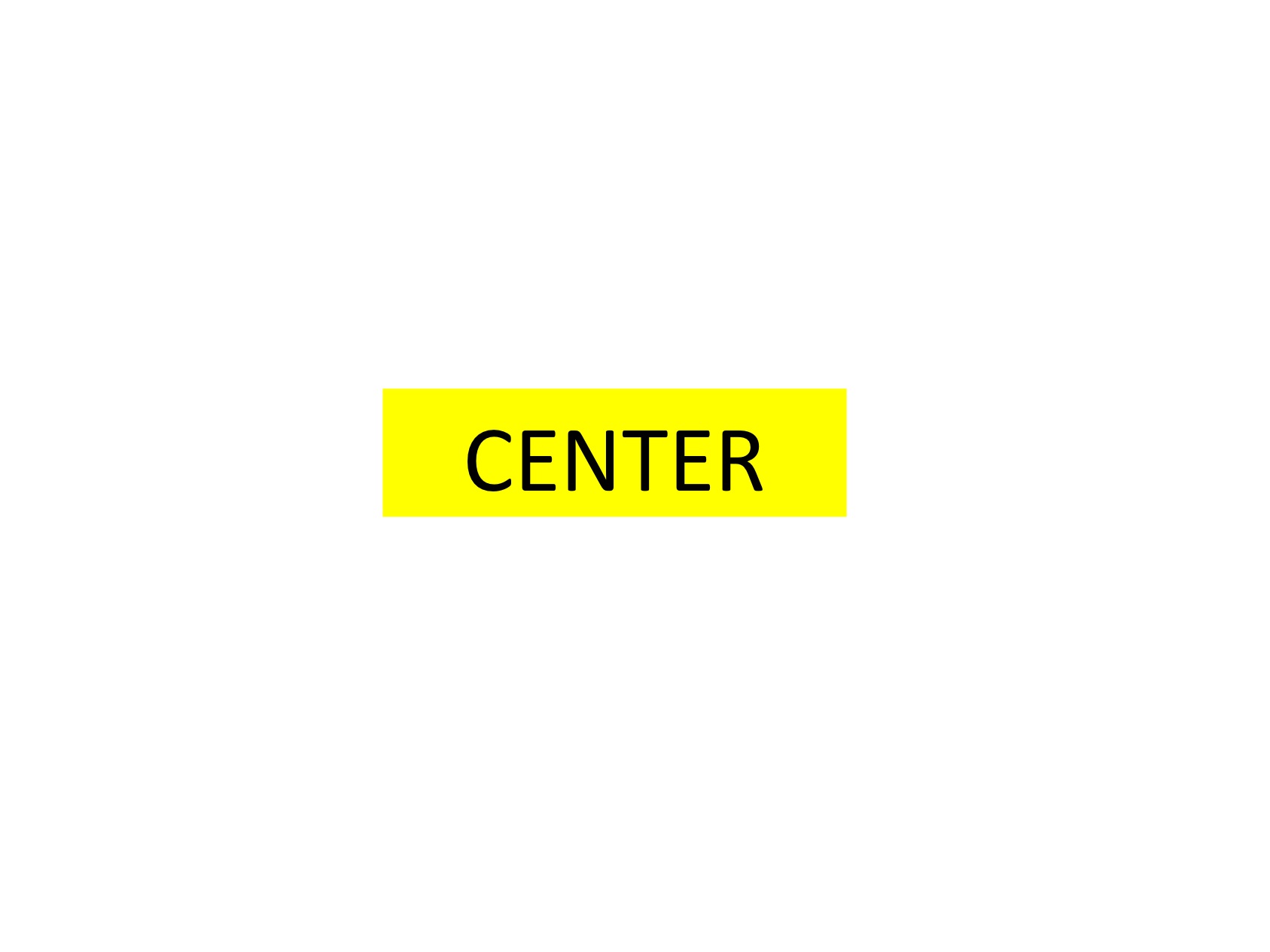

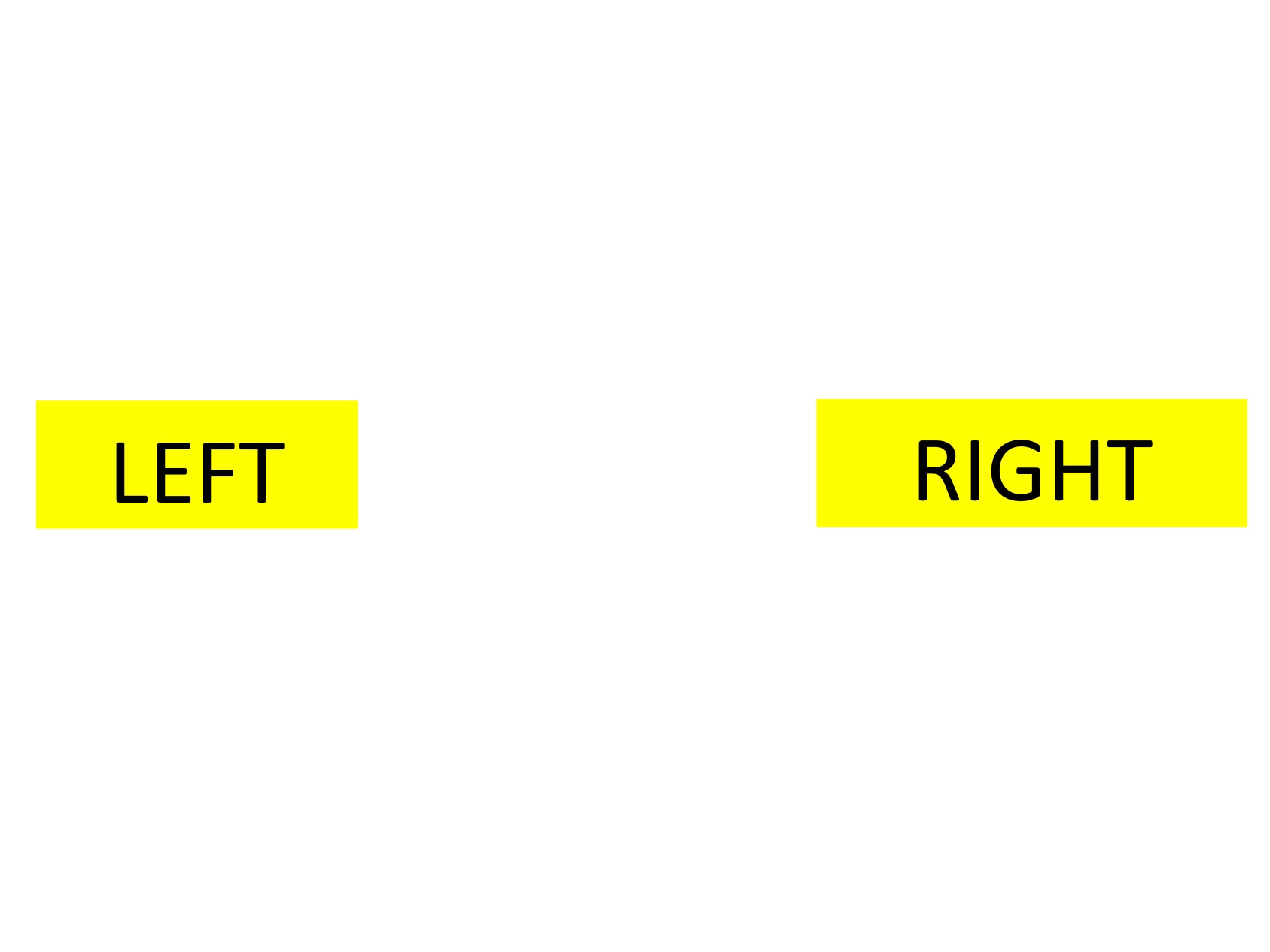
Screen during execution:
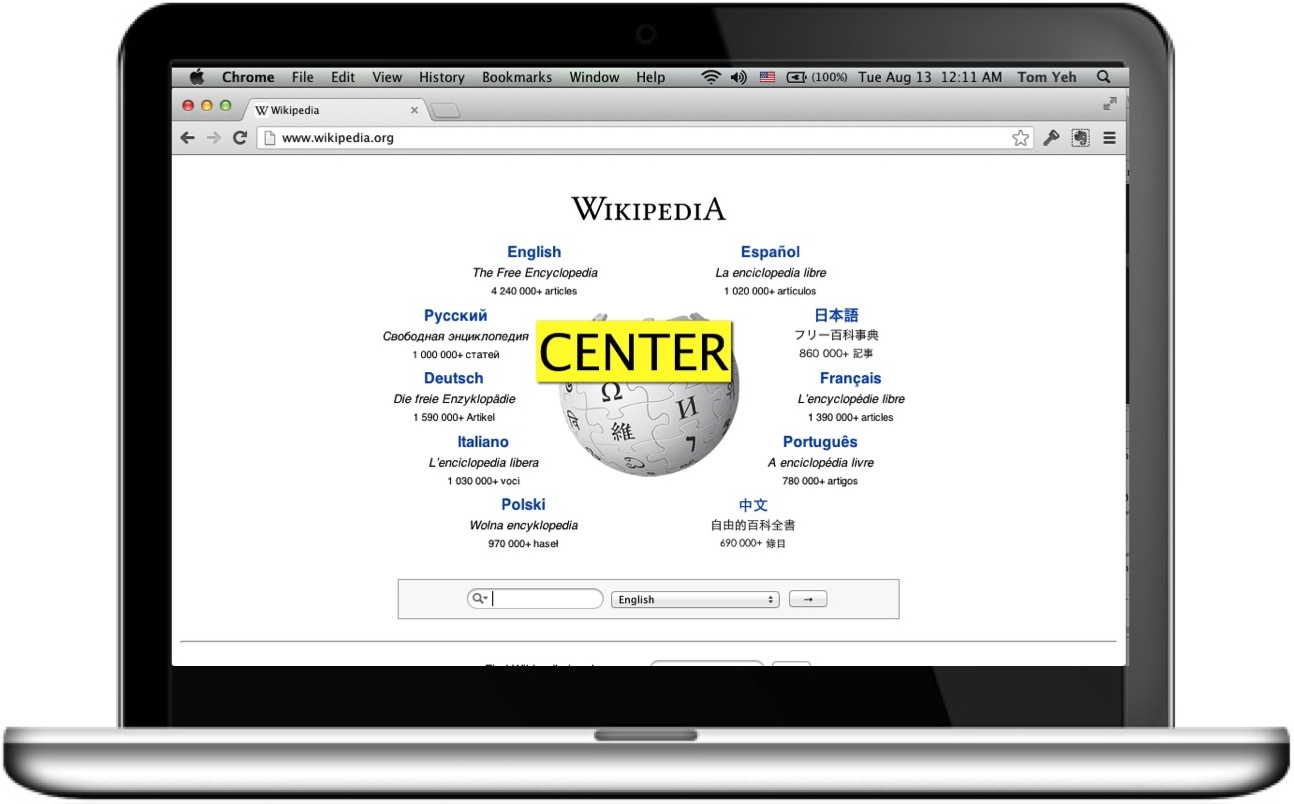
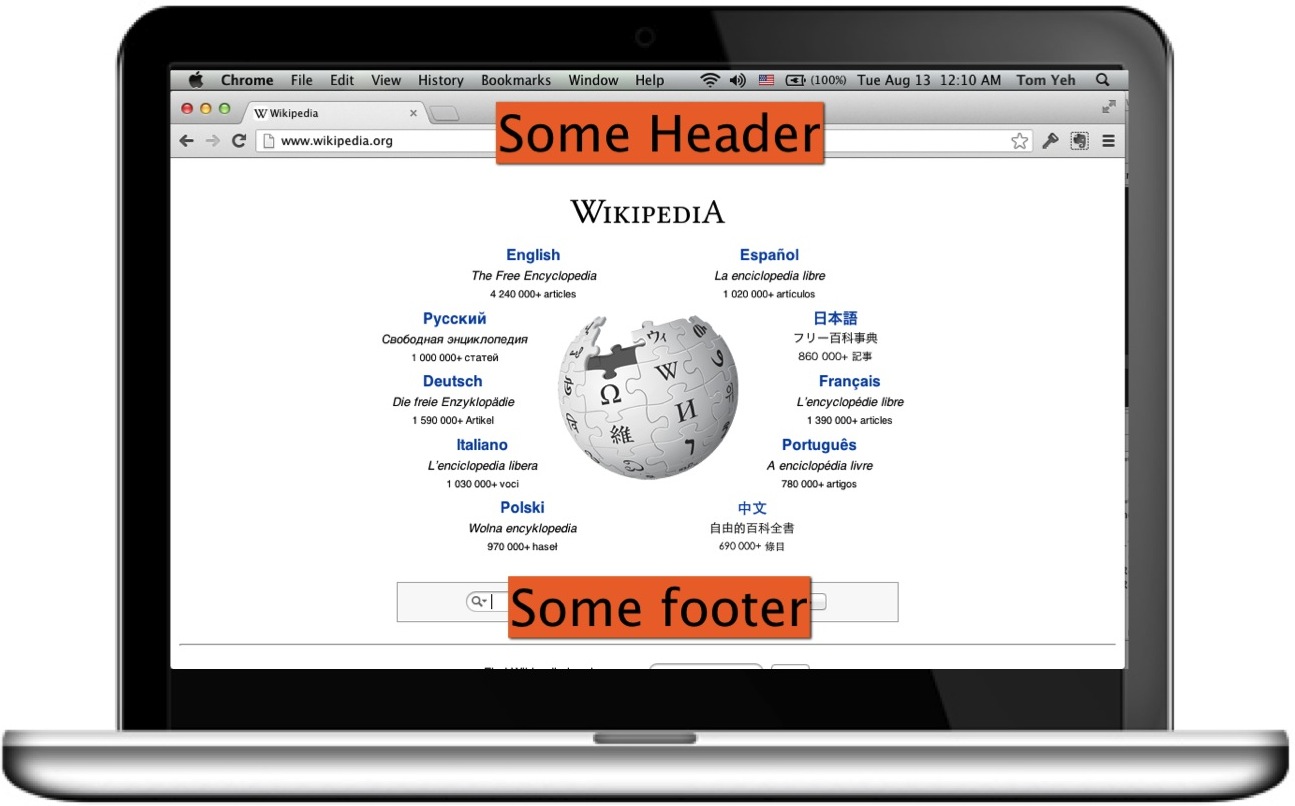
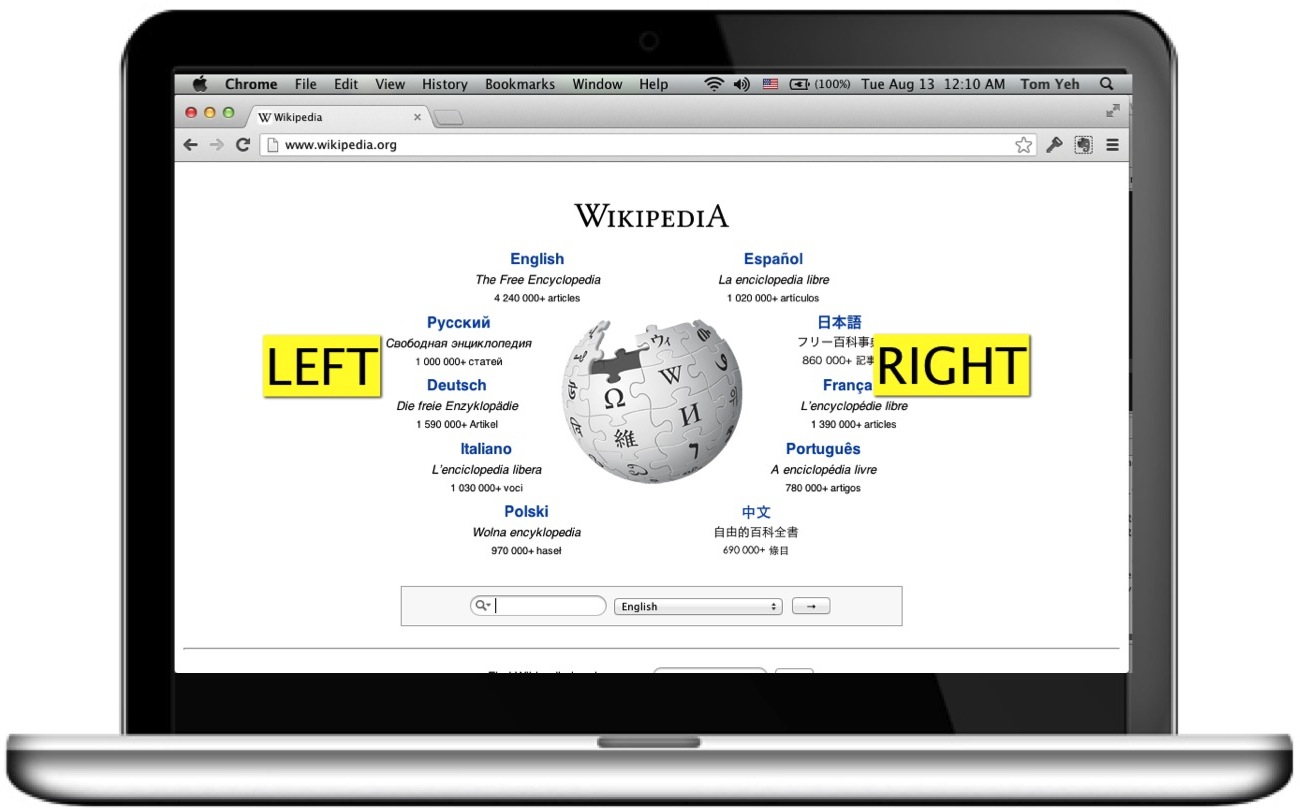
Target Positioning
A caption can be positioned relative to a target. In the first example below, a caption UN’s LOGO is placed to the right of a logo on the slide. When the slide is executed, the logo will first be identified on the screen and the caption will be shown in the same relative position to the right of the logo.
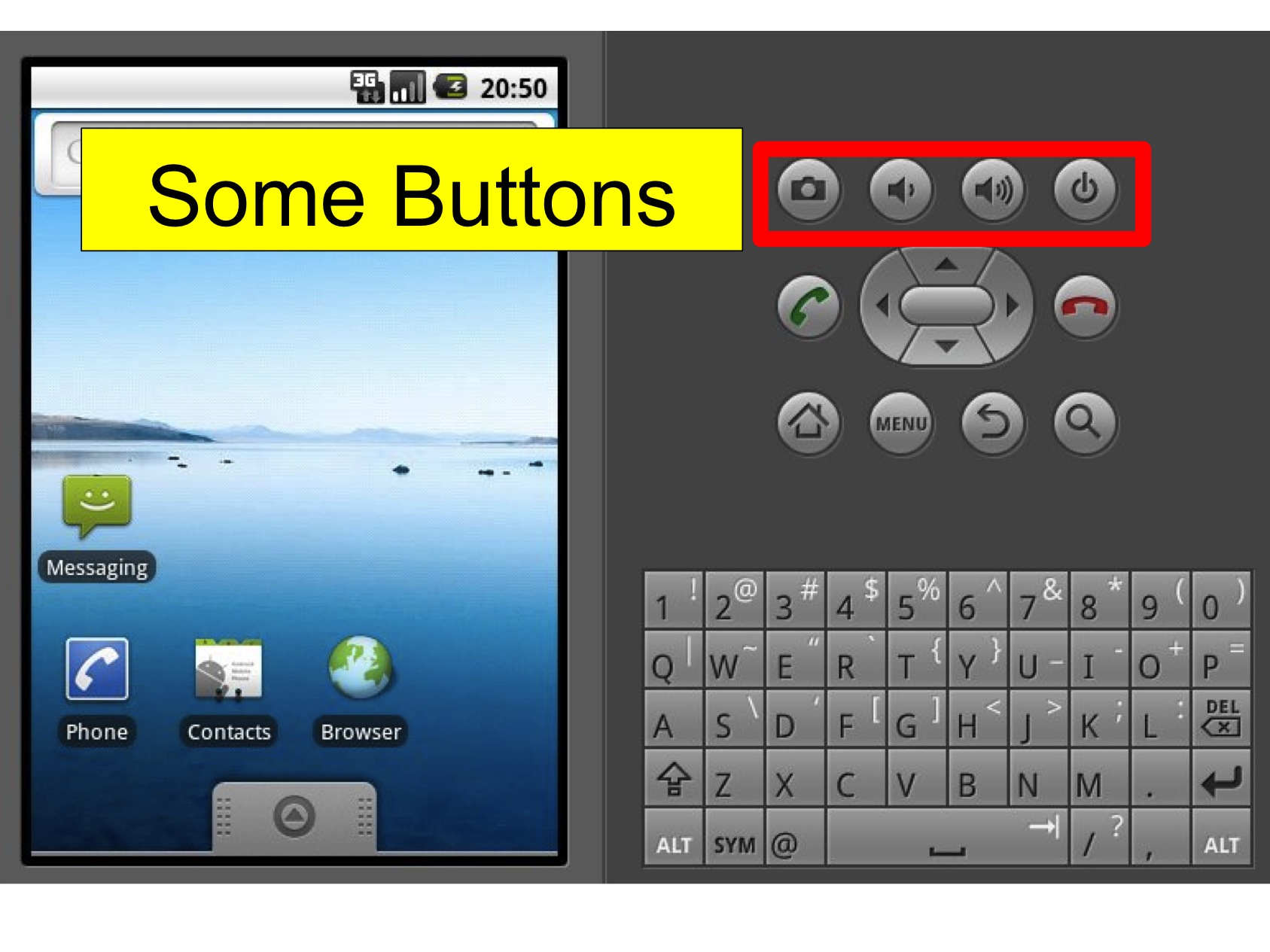
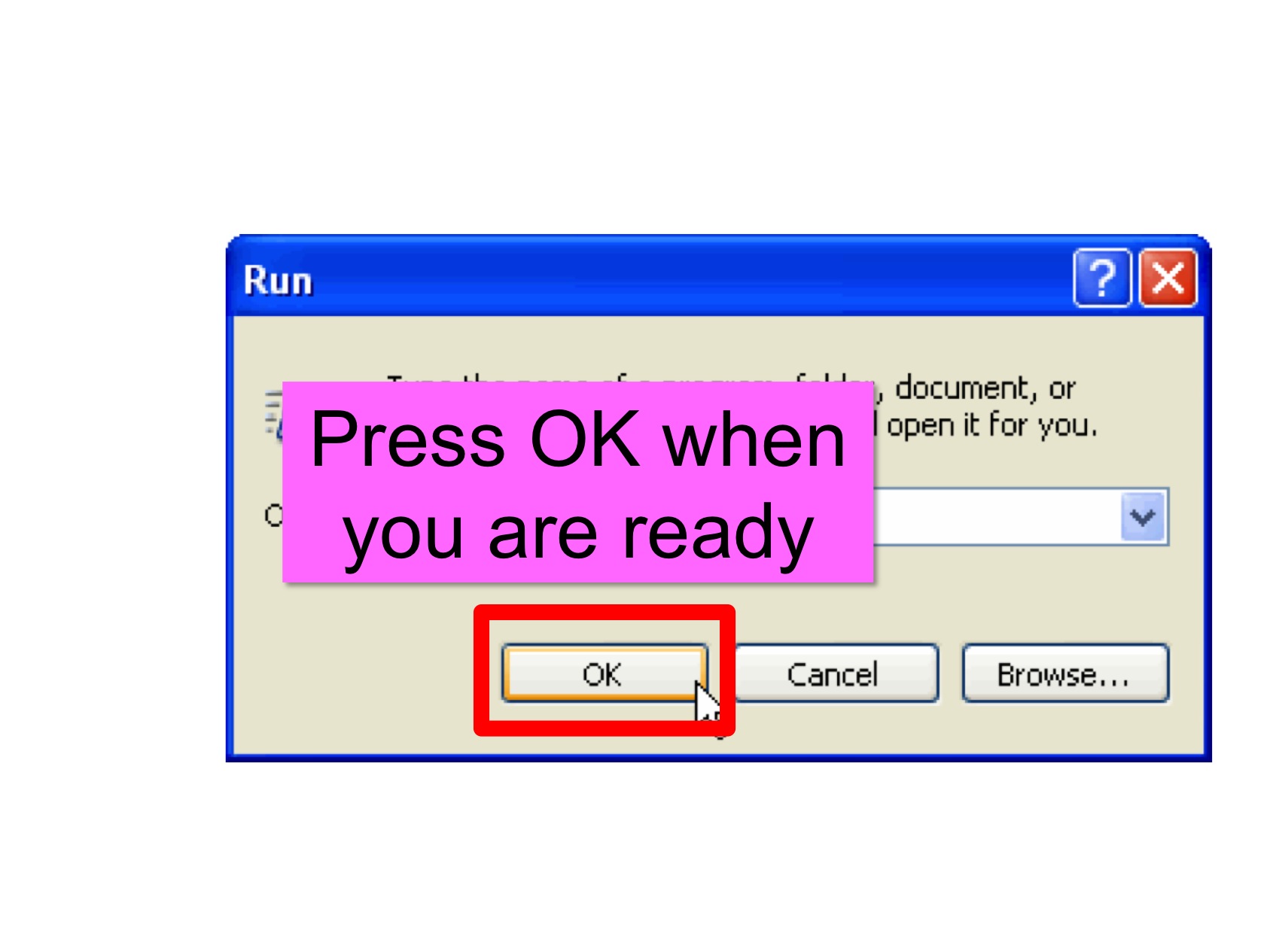
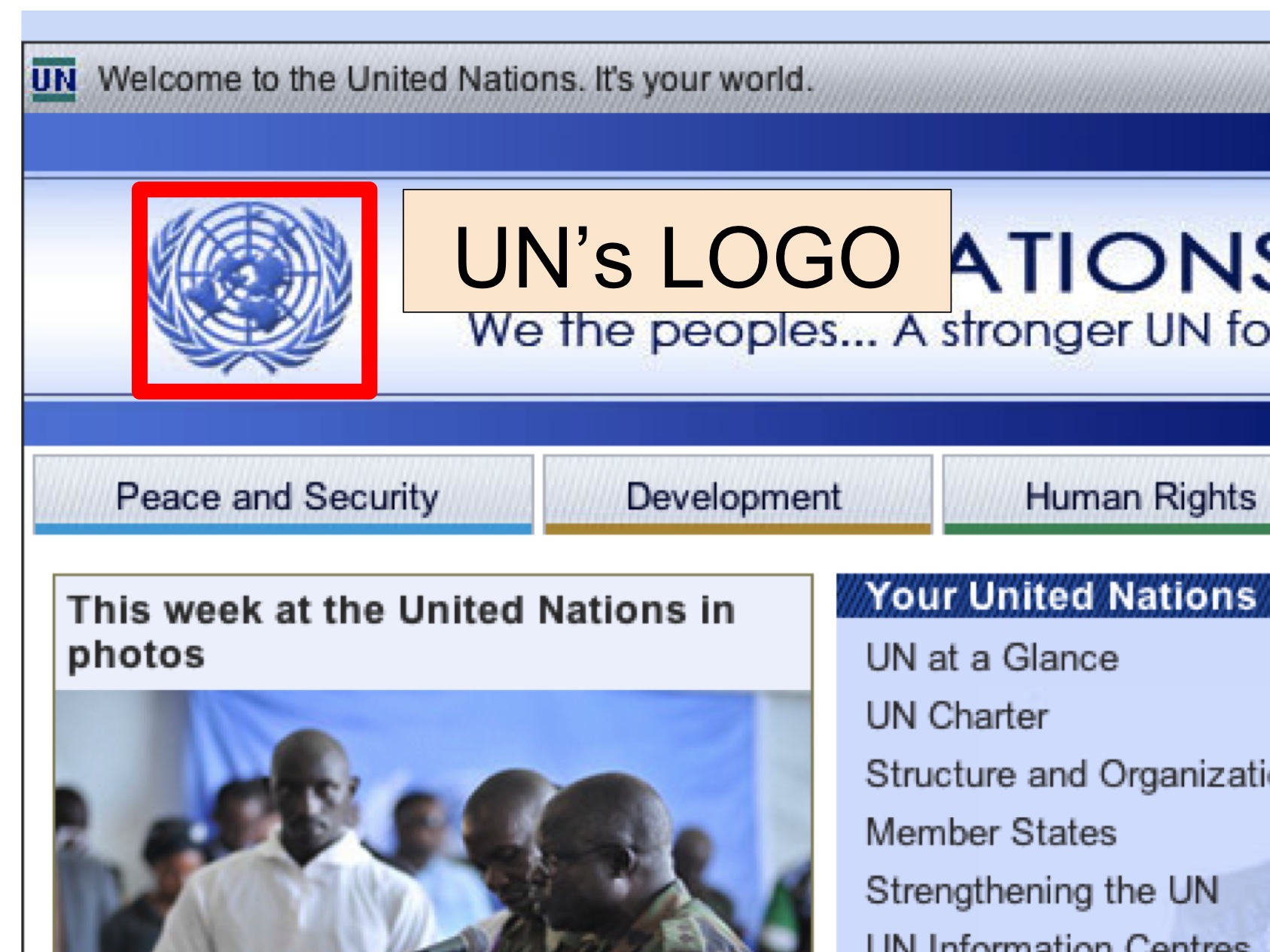
Sikuli Slides determines whether a caption is associated with a target based on proximity. If a caption is not near any target on a slide, it will be positioned based on its relative location within the slide. In the example below, the caption WIKI’s LOGO is positioned based on the image of WIKI’s logo as a target. On the other hand, the caption Hello World is not near a target. It is positioned close to the bottom of the screen.
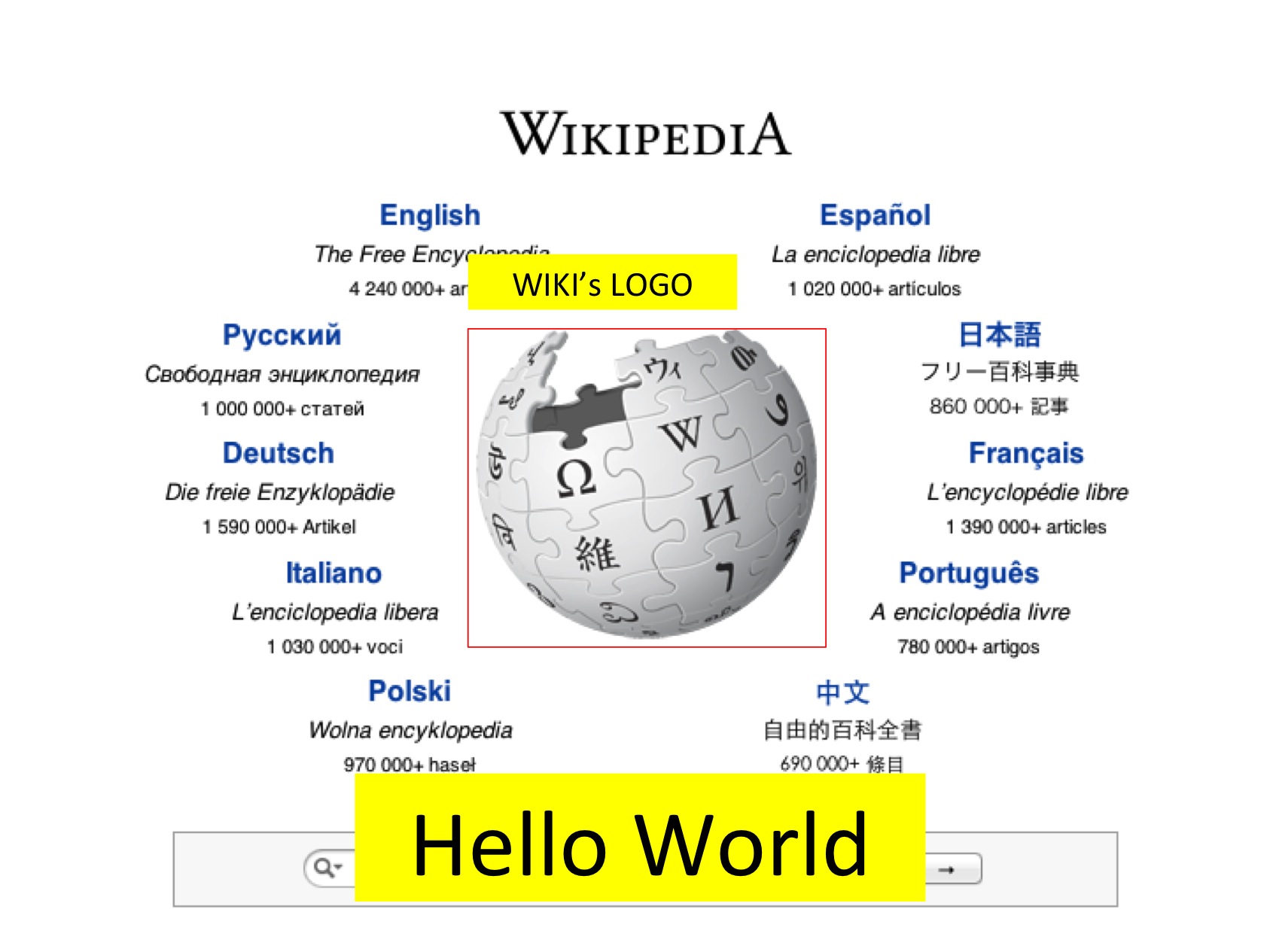
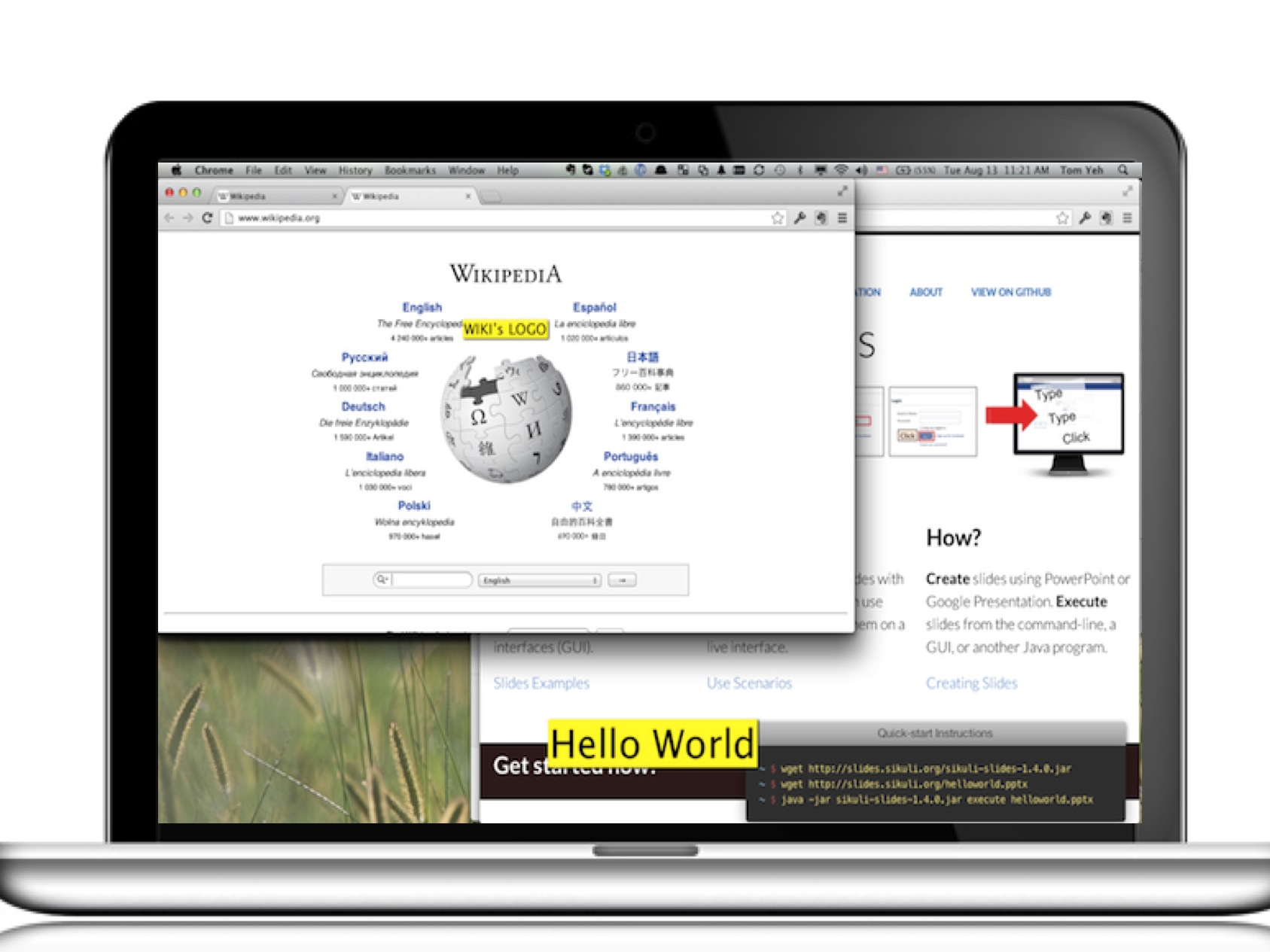
Wait
Wait for a target to appear before proceeding to the next slide. To define a caption action, write the word Wait in a text box, insert a screenshot, and draw a rectangle around a target. By default, it waits for 10 seconds for the target to appear. The wait time can be specified by writing the amount of time following the action word in the same text box. Alternatively, the wait time can be written in another text box.
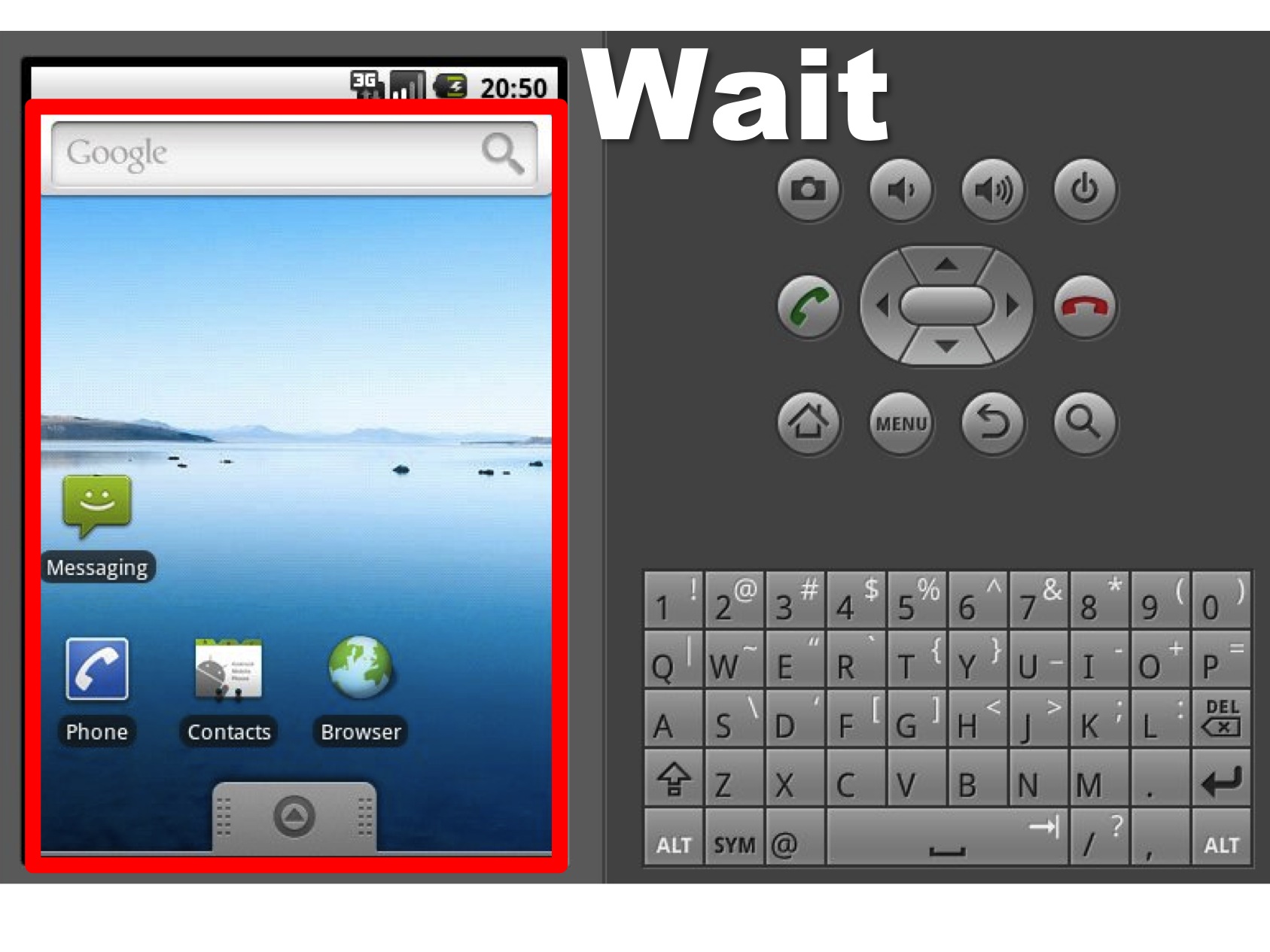
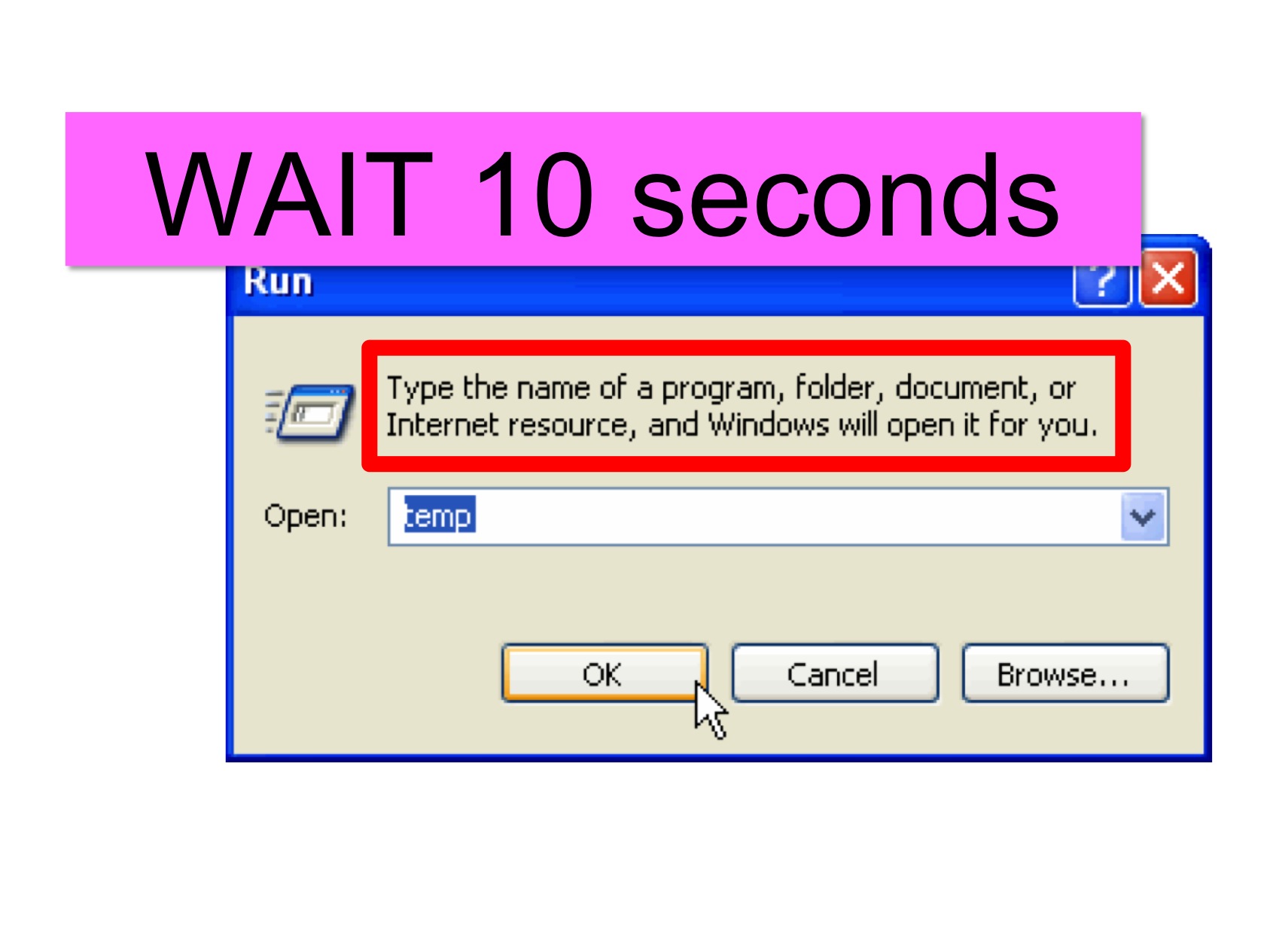
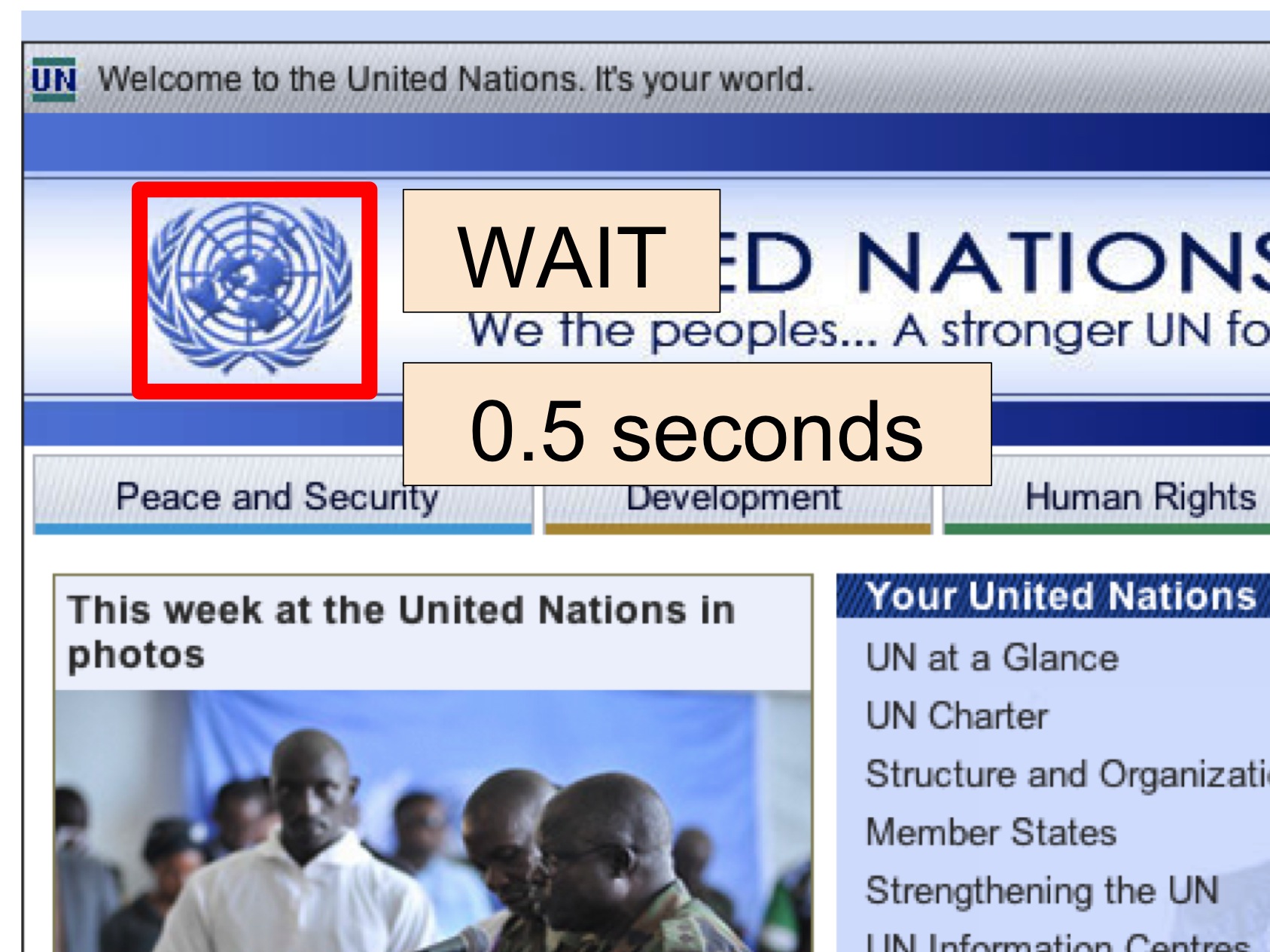
Browse
Open a web page in the default web browser. To define a browser action, write the word Browse in a text box followed by an URL. Alternatively, the URL can be written in a separate text box.

Delay/Sleep
Delay the execution by some amount of time. To define a delay action, write the word Delay or Sleep in a text box followed by the amount and time unit. The time unit can be in milliseconds, seconds, minutes, or hours. If no unit is given explicitly, it is default to seconds.
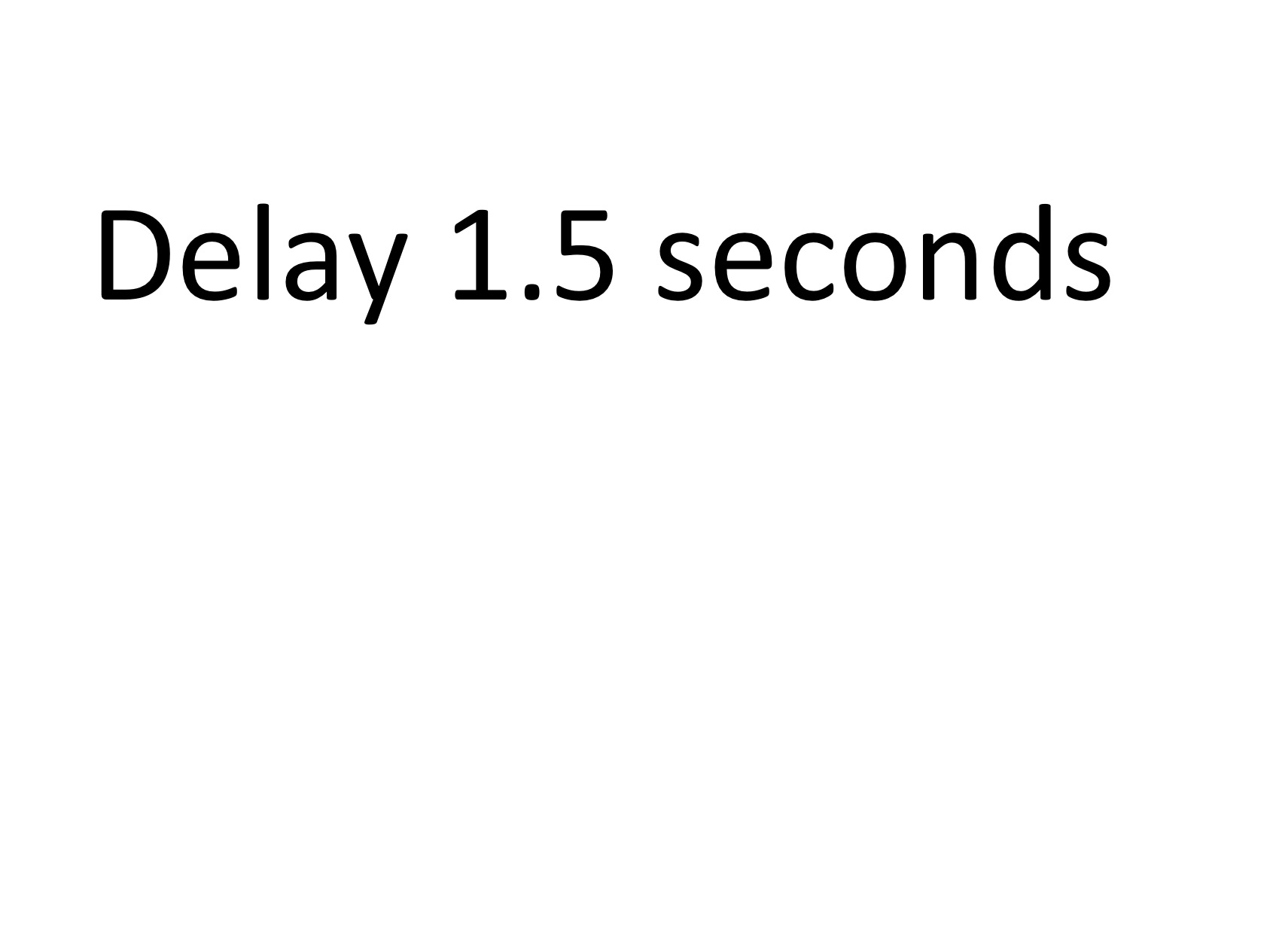
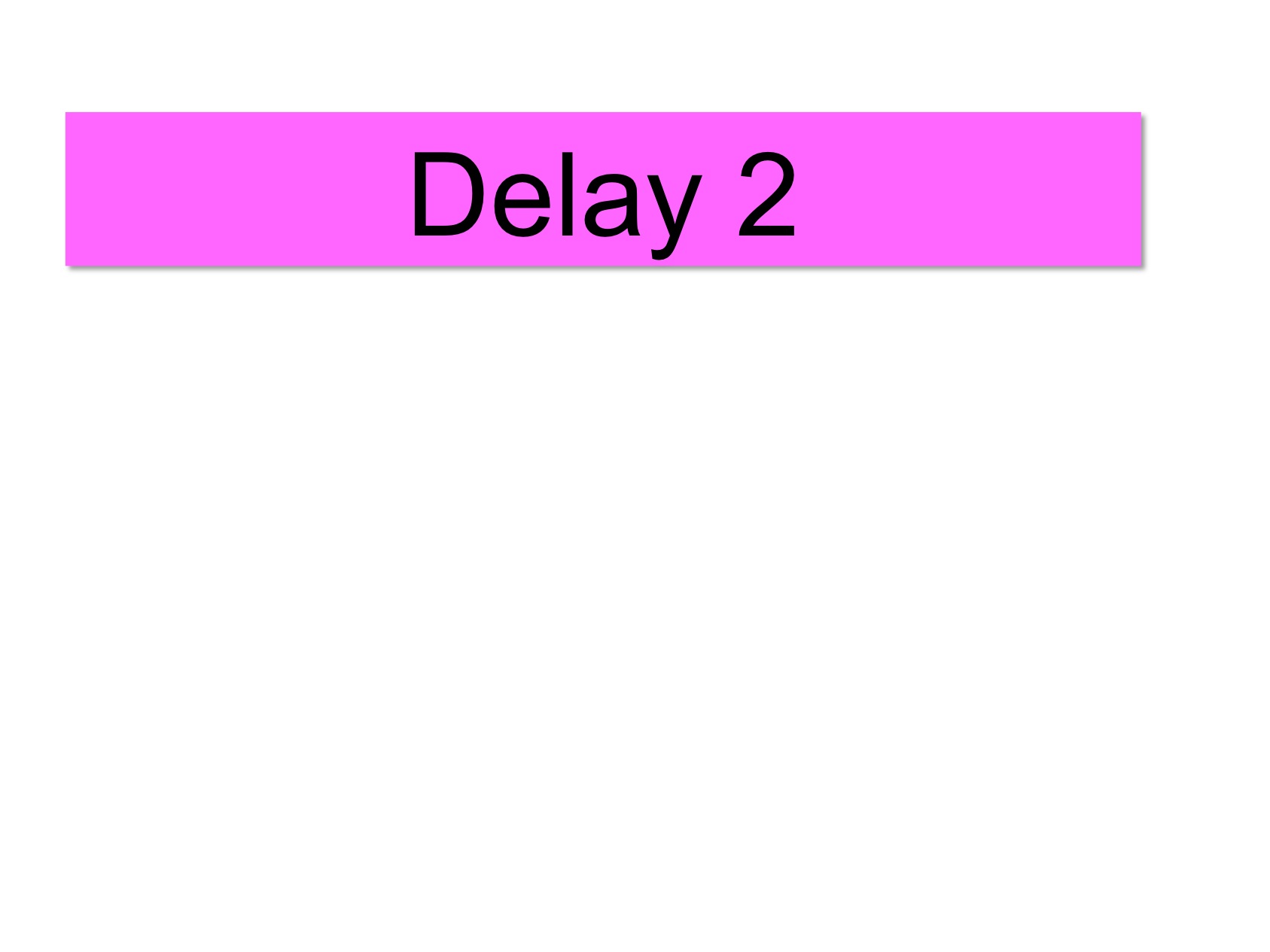
Exist
Check if a target exists. If the target cannot be found, slides execution is aborted. It can be used to test if the right picture or message is shown after a certain event (e.g., clicking a tab).
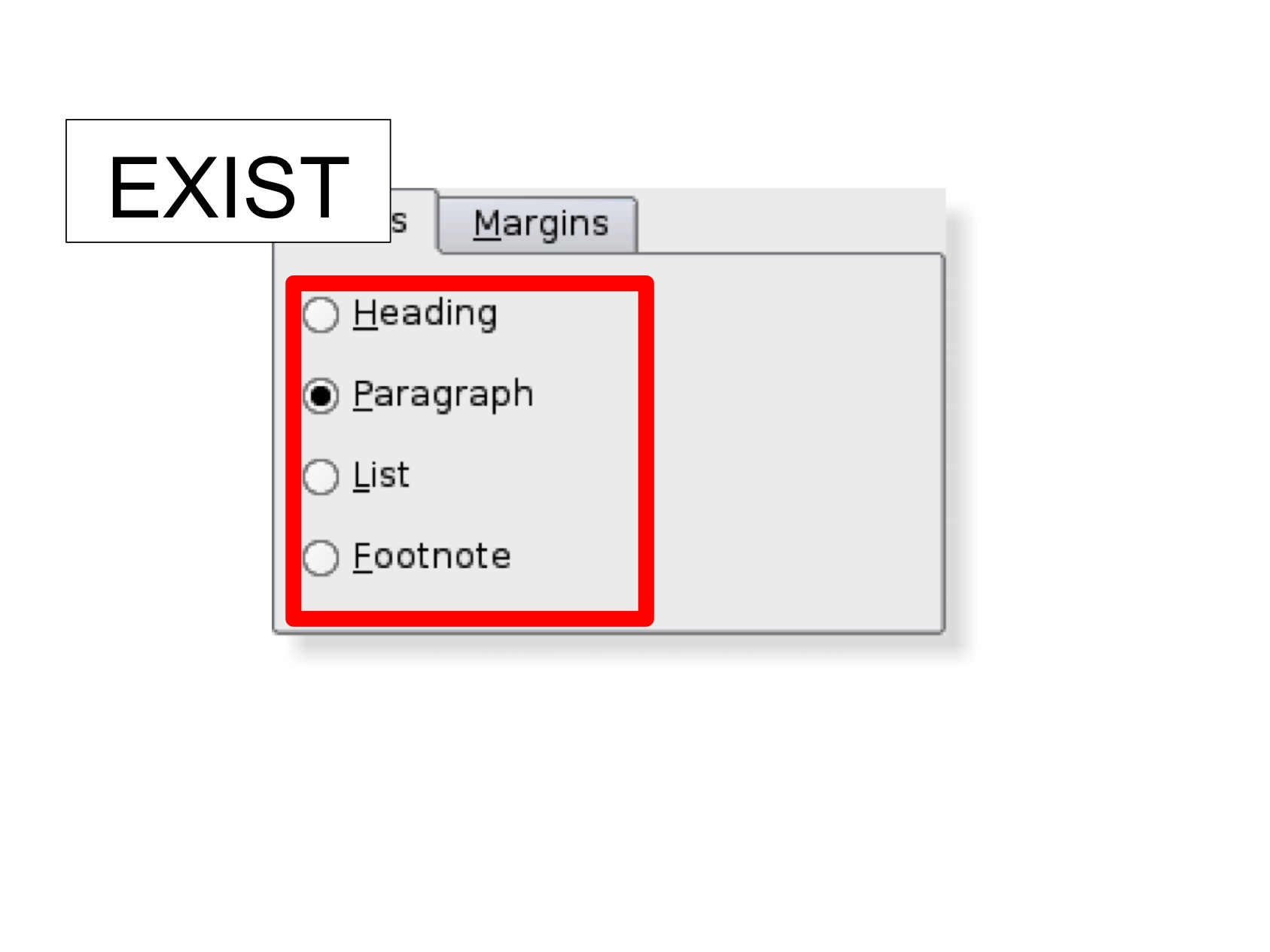
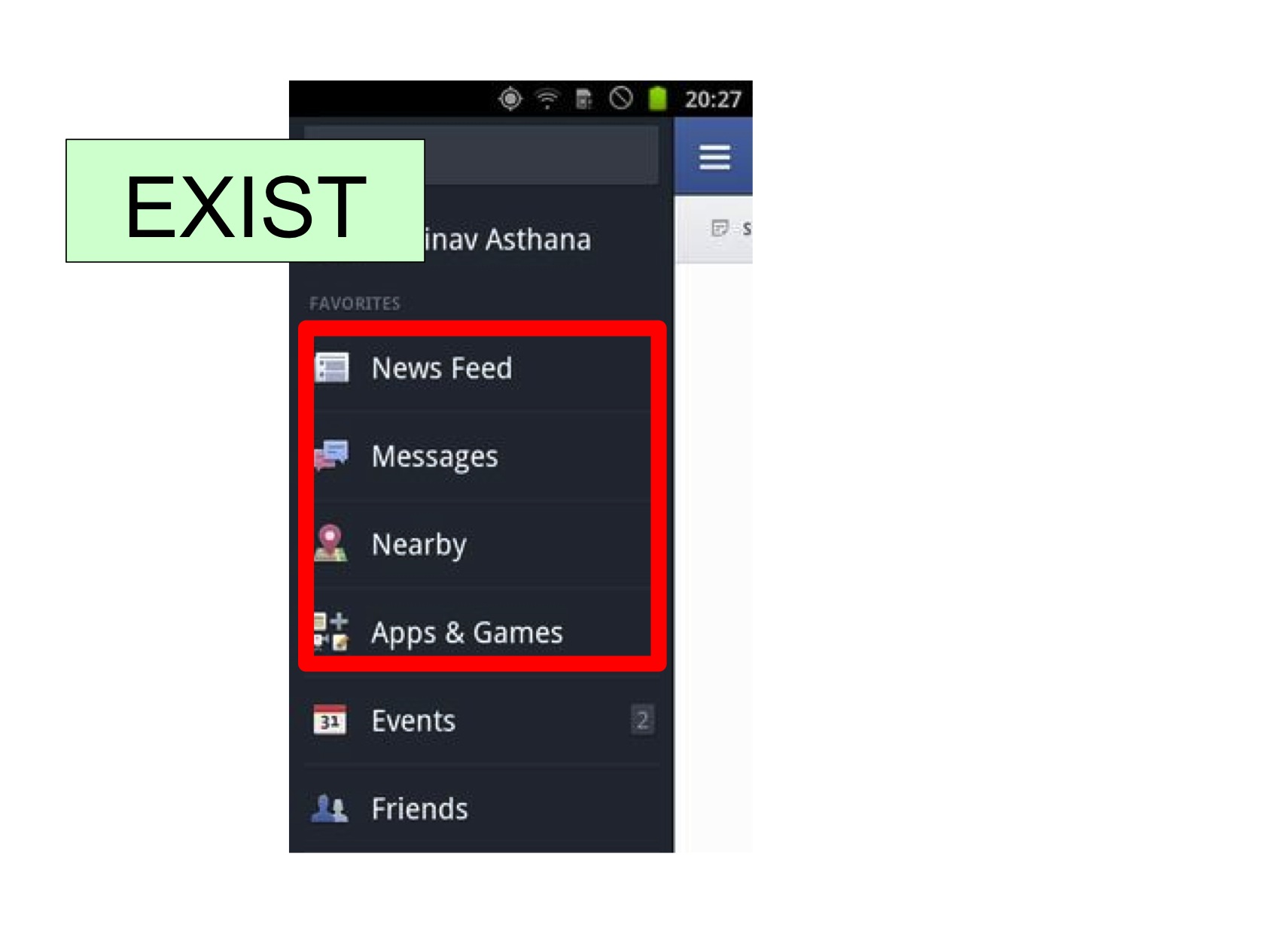
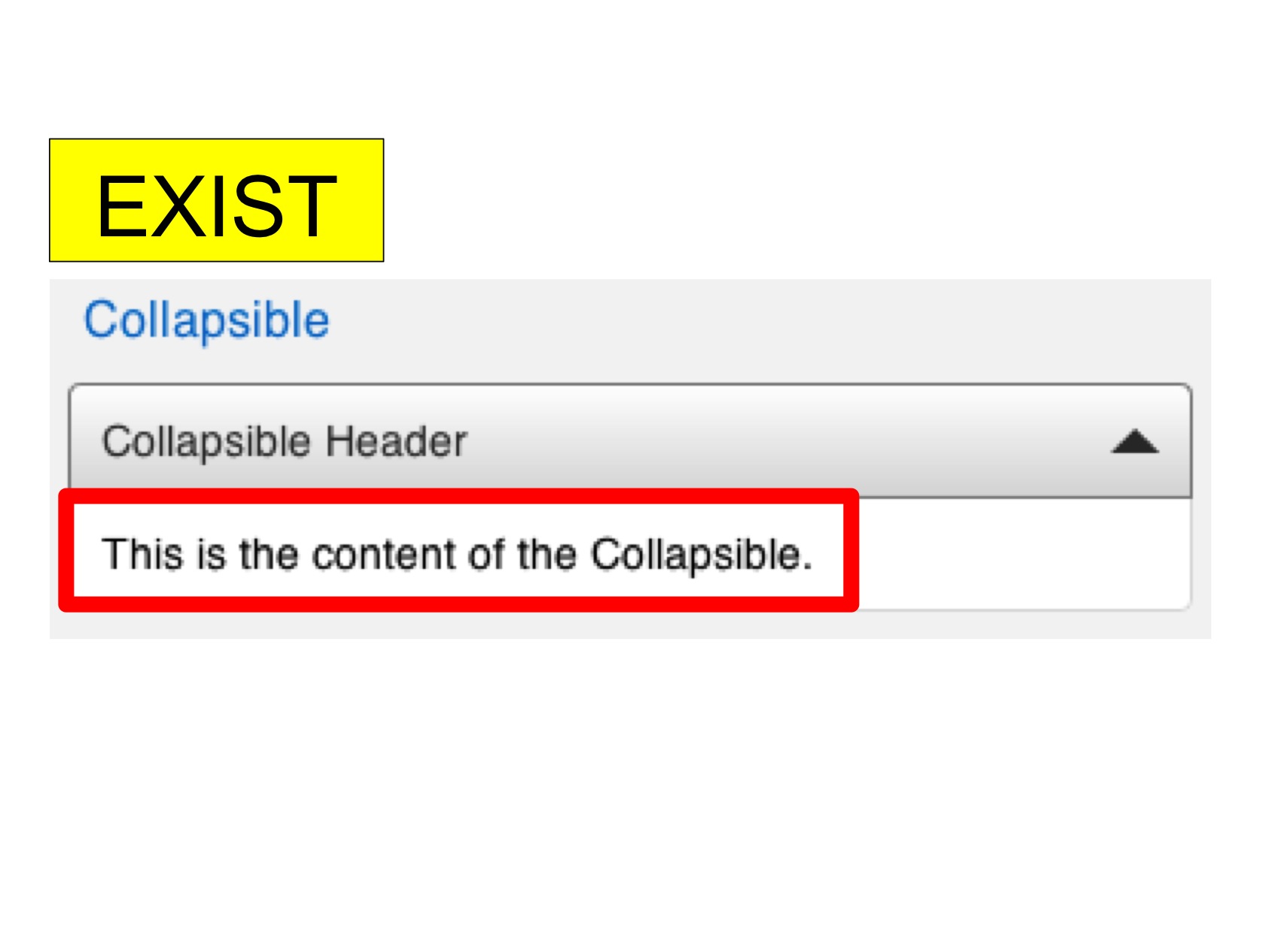
Not Exist
Check if a target does not exist. If the target can be found, slides execution is aborted. It can be used to check if contents that are supposed to disappear after a certain event (e.g., clicking another tab) indeed becomes invisible
